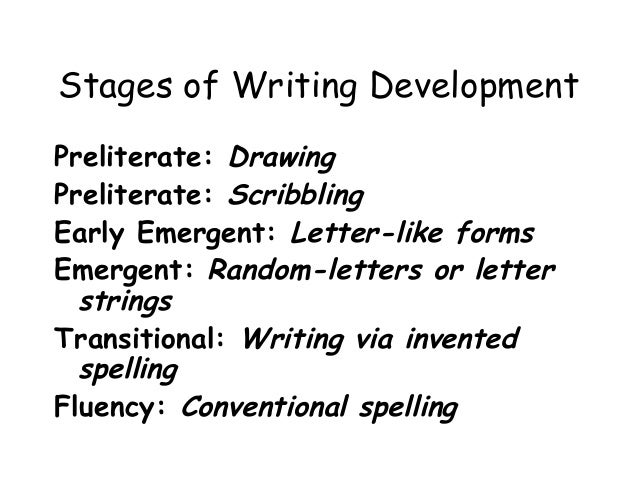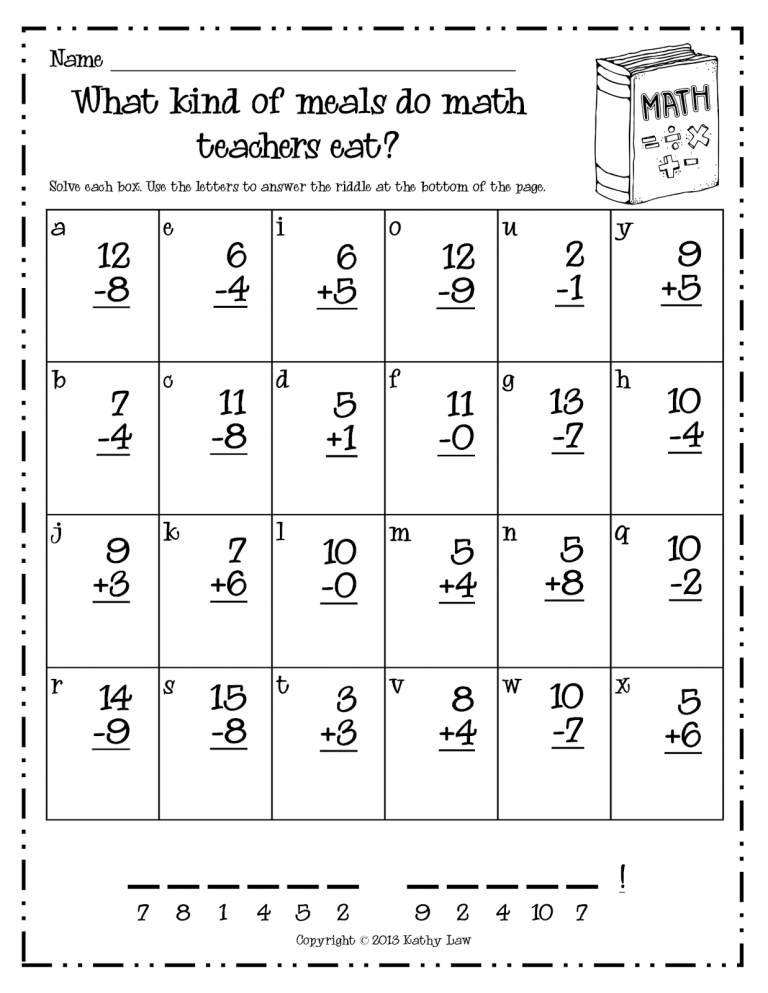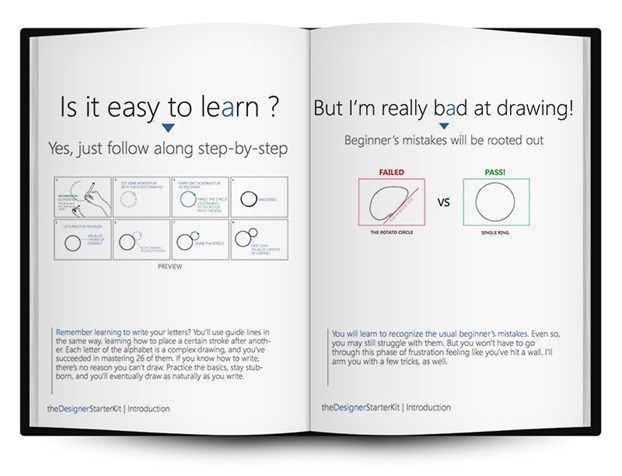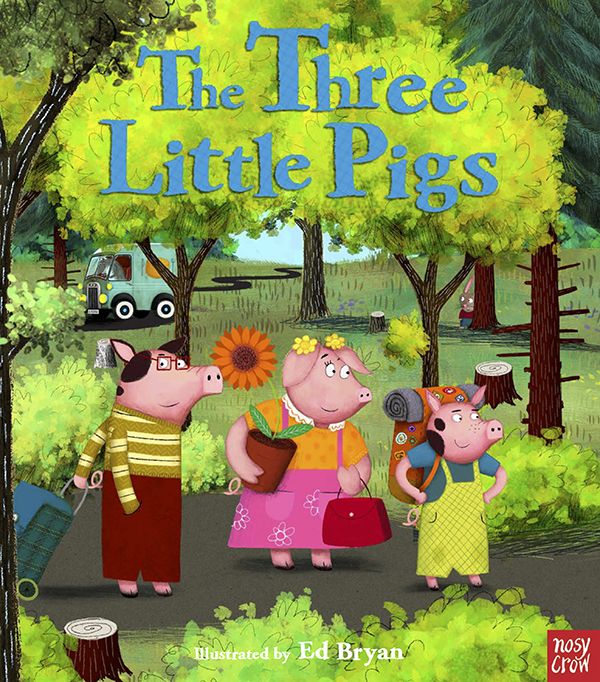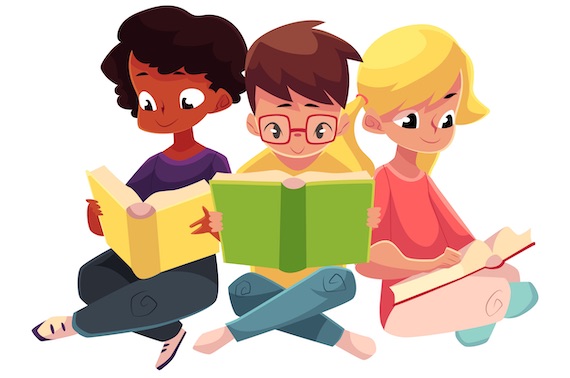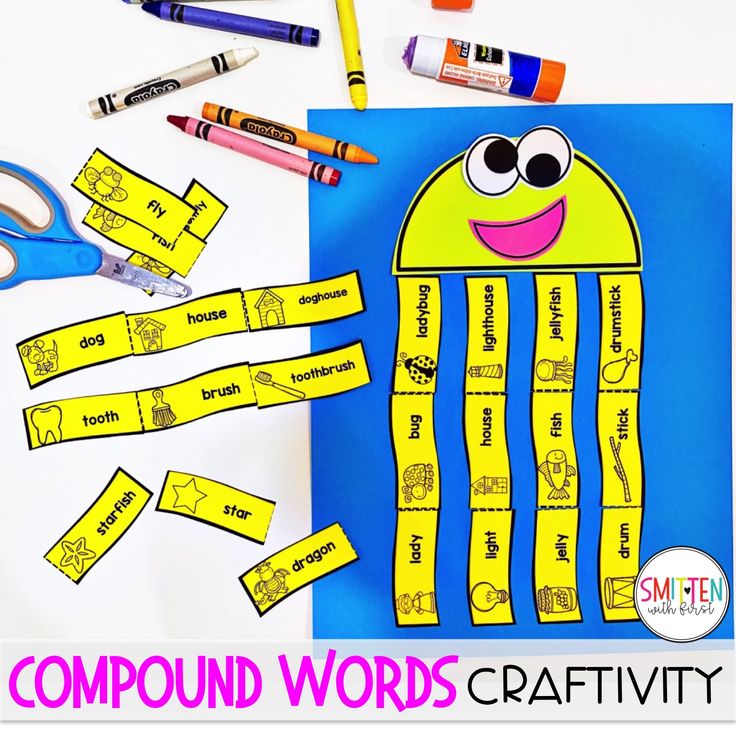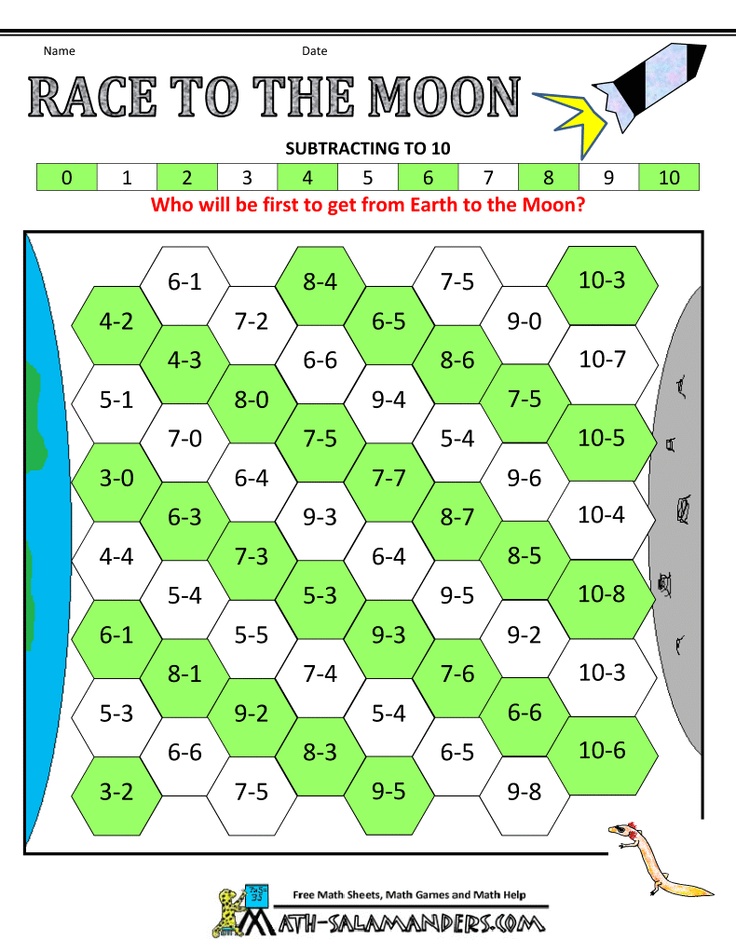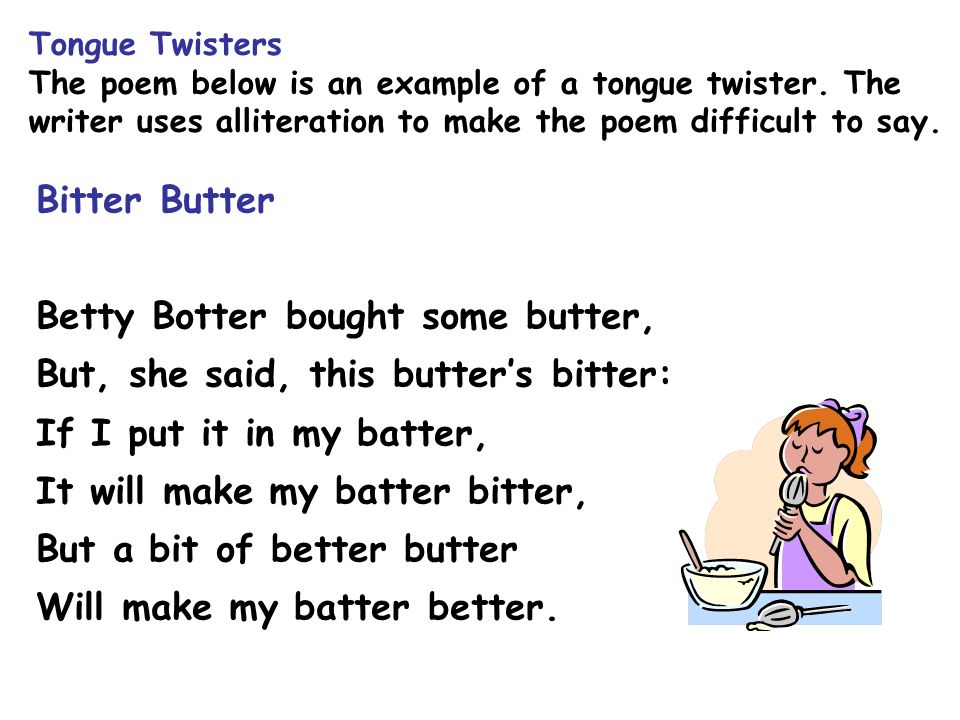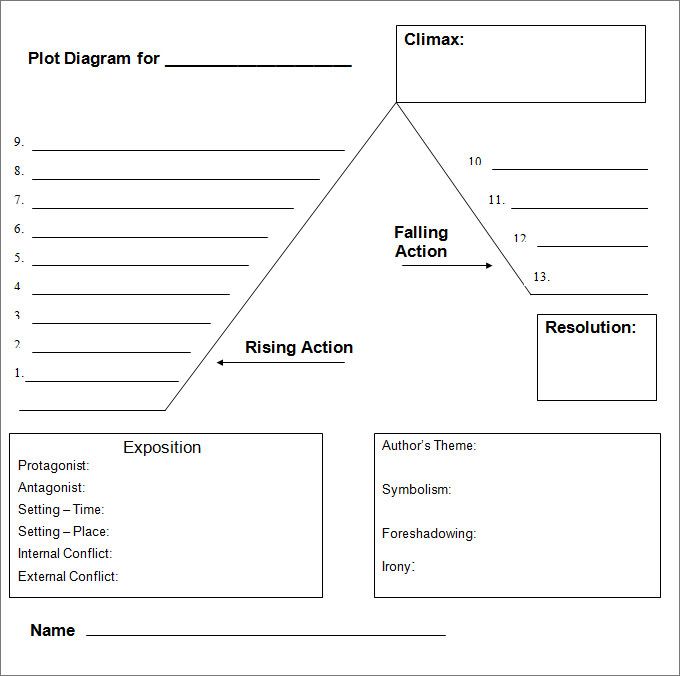Early stages of writing
The Developmental Stages of Writing in Early Childhood
- Share
Here is a fascinating look at the journey through the six developmental stages of writing and how you can become involved and help facilitate children’s development at home and school.
Through the 1950s, many parents and educators believed the notion that children gain writing skills “when they are ready.” Groundbreaking research and publications on “emergent literacy” by Marie Clay (1926-2007), beginning in the 1960s, turned that on its head.
Her ideas started a revolution of sorts. Ms Clay’s theories have been pursued even further and are supported by current research.
We now understand that children pass through emergent writing stages in their development of skills, beginning with drawing and scribbling, which finally lead to spelling.
This development is based on many factors, and all kids do not necessarily pass through the stages of writing development in early childhood at the same age or grades.
How to Develop Pre-Writing Skills
You can help children attain pre-writing skills through activities such as these:
- Read aloud to children daily, beginning in infancy. Use sturdy, bright books such as board books, that small kids can easily handle.
- Recite nursery rhymes and other fun rhyming poems, especially those with repetition.
- Offer fine motor activities, such as building blocks, lacing beads, and cutting practice.
- Make paper and writing instruments available on a regular basis.
- Share your world verbally. Talk to kids about what is happening around you and the things you see. Ask questions and always try to answer theirs, as abundant as they may be!
- Ask your child to tell you about her drawings. You can then add a one-word label or a sentence describing what the picture shows. Read the word(s) back to her, pointing, and have her try to mimic.
- As children develop, ask them to “tell a story” about their drawings.
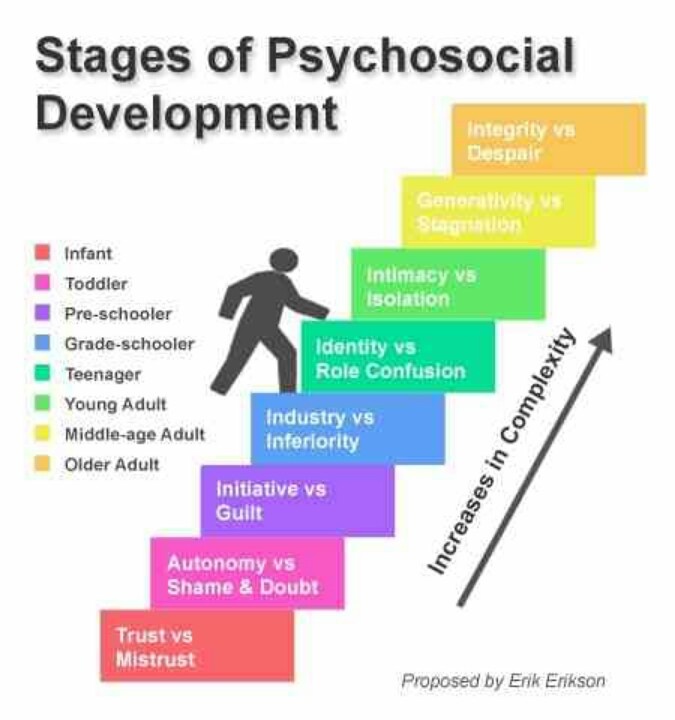 Write down the words they dictate, reading them back as you write them. When finished, read their entire story, pointing at words. Urge them to do the same.
Write down the words they dictate, reading them back as you write them. When finished, read their entire story, pointing at words. Urge them to do the same.
The 6 Stages of Writing Development
Children share the human desire to represent objects, thoughts, and feelings. This process begins in their drawings and eventually leads to writing.
Although these stages of the writing process sometimes go by different names, depending on your resource, you can expect your child to move through and meet the following types of milestones in their writing development.
1. Drawing
With the use of various tools, your child draws pictures of familiar places and objects. He “reads” or explains his drawings to you and may tell an entire story about the drawing.
Some drawings feature one main scene, while others show a string of pictures, more like comic book format.
2. Scribbling
Often referred to as “pre-phonemic,” drawings in this stage sometimes contain scribbles of random lines or circles that look somewhat like letters and can combine with drawings.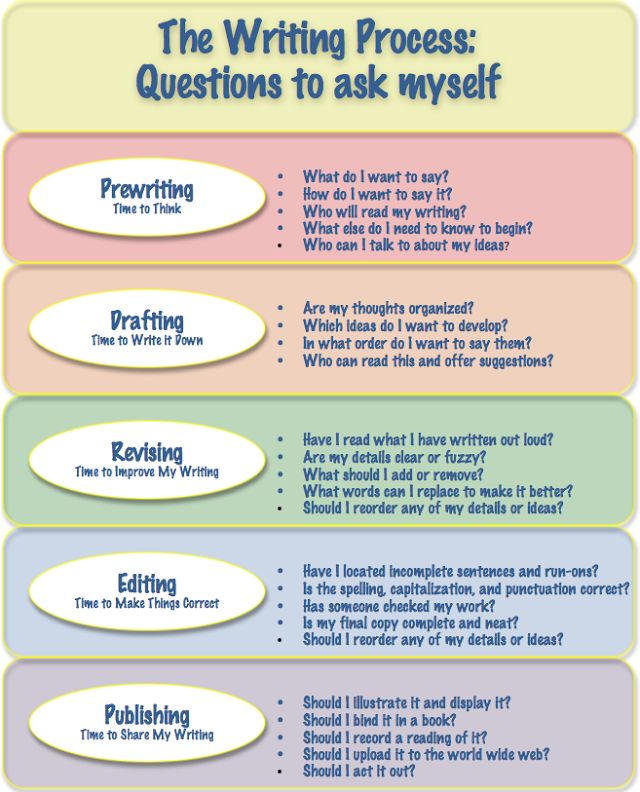
Your child is probably learning to mimic how adults hold writing tools during this phase. They are learning about left to right progression, which often shows in their scribbling.
3. Creating Letter-Like Forms
Beginning what is sometimes called the “early phonemic” stage, your child may choose to ignore drawing to focus on shapes that look like letters. They commonly incorporate the first letter of their own name.
Children rarely pay attention to spacing in this stage.
4. Reproducing Strings of Random Letters
At this stage, children understand that print carries meaning, they use more “real” letters and pretend to write words.
They often learn how to effectively write their first names during this phase, as well.
Children may even “read” back to you what they have written.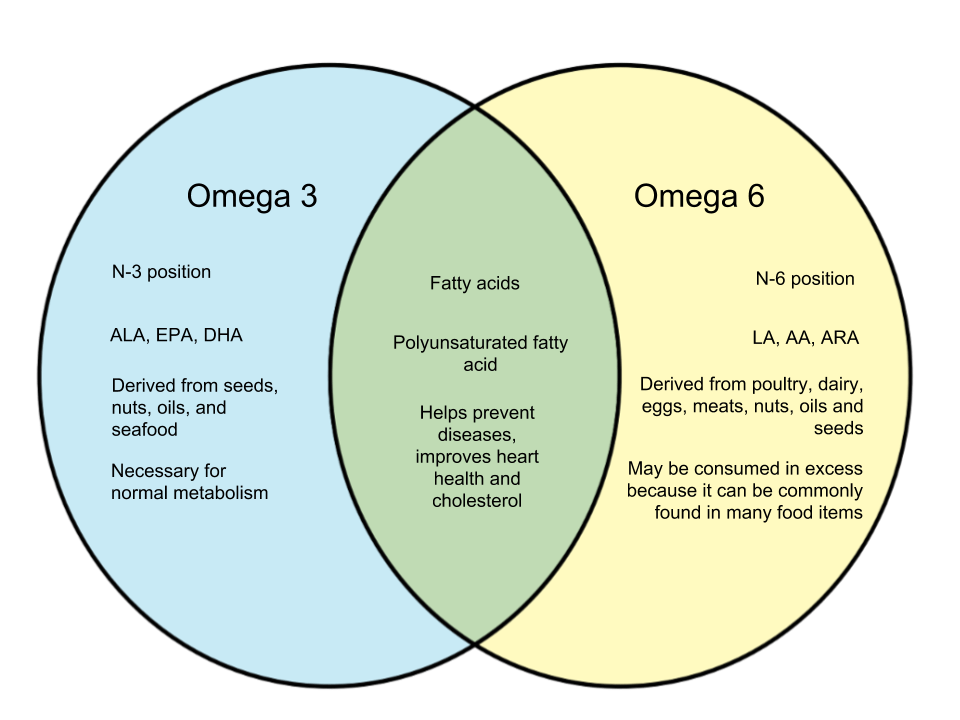 They most commonly use capital letters.
They most commonly use capital letters.
5. Invented/Transitional Spelling
Spellers in this stage often use single consonants to stand for words, such as “M” for “Mom” or “D” for “Dad.” Beginning and ending sounds emerge, and some children even attempt the middle vowels.
They start to use spaces between letters, write in a sentence-like format based on one idea, and even include some punctuation.
Writers in this phase may use both capital and lower-case letters. They often print familiar names and words (like “dog”) spelt correctly.
6. Standard Spelling
Gaining a wider vocabulary, learners in the standard spelling stage form many words correctly and begin to use and then master proper punctuation.
You can usually read and understand what they have written.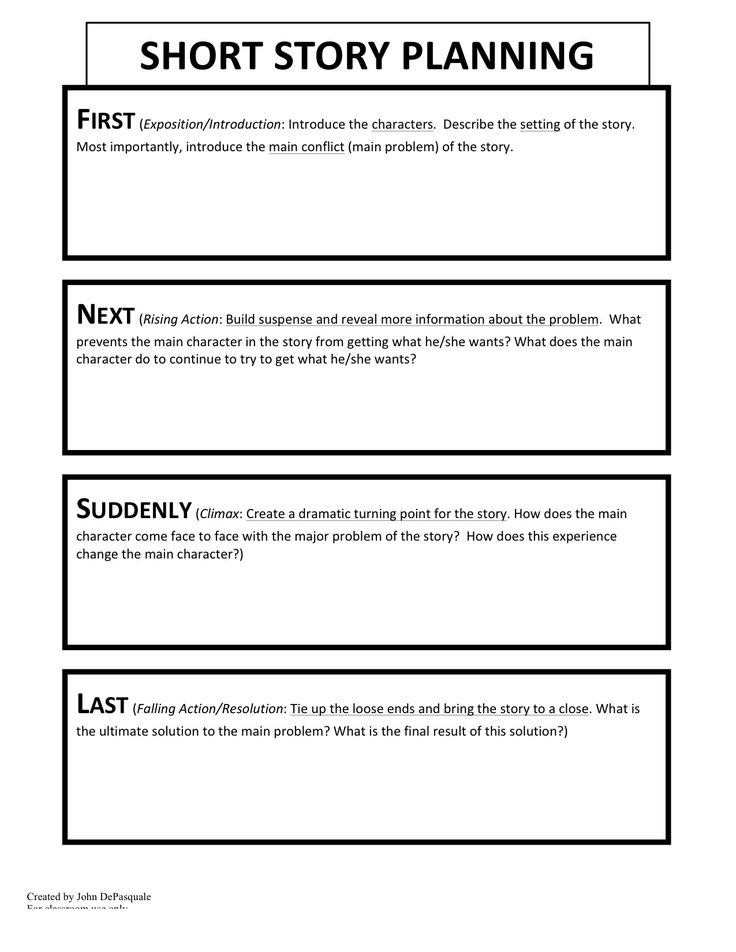
They continue to learn about root words , affixes, and contractions to fit with their evolving writing needs.
Ways to Encourage Writing Development in Each Stage
Here are some simple tips to encourage kids to develop early writing skills at various ages:
During the drawing and scribbling stages:
- Labelling common objects around the house is helpful.
- Always make sure to offer a variety of drawing papers, writing/art tools: pencils (skinny and fat), coloured pencils, crayons, paints, and washable markers. Inexpensive paper options include newsprint and paper grocery bags.
- Offer plenty of encouragement in these early phases.
In the letter-like forms and strings stages:
- Point to individual words as you read to your child. This helps with left-to-right progression and one-to-one correspondence with words.
- Allow your children to turn the pages when they see you have come to the end.
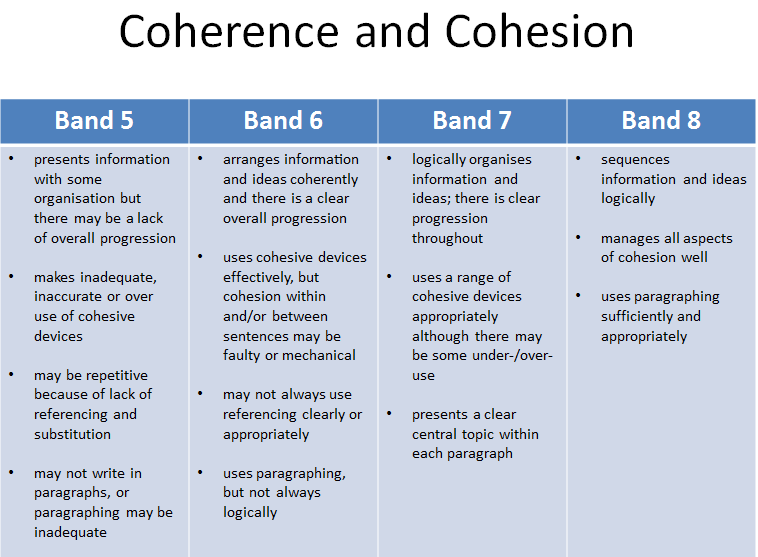
- Use “big books” in settings with more than a few listeners so that everyone can see the book. In this case, kids can take turns, from one book to the next, turning pages.
- You can also try writing big books with your children about a shared activity or event.
For the invented/transitional phases:
- Play games with your children where they match letters to sounds.
- Use photos as “story starters” and urge kids to write stories about them.
- Create a “word wall” in your child’s bedroom or playroom with familiar sight words and names of people they know.
As children transition into the standard spelling stage:
- Focus on various reasons for writing beyond stories, such as lists, letters, journals, and greeting cards.
- Kids often become focused on spelling the words “right.” To avoid some need for adult help, offer sets of common word cards (with or without photos, depending on their development), which they can refer to, or make sure those types of words are displayed on their word wall.

- Show your budding authors how to choose topics for their writing.
Finally, for all stages and ages, remember to model the positive characteristics of writers and readers in your own daily routine. This reinforces the idea that parents place a high value on literary activities.
Source:
Clay, M. 2010. How Very Young Children Explore Writing. Heinemann: New Hampshire.
Get FREE access to Printable Puzzles, Stories, Activity Packs and more!
Join Empowered Parents + and you’ll receive a downloadable set of printable puzzles, games and short stories, as well as the Learning Through Play Activity Pack which includes an entire year of activities for 3 to 6-year-olds.
Access is free forever.
Signing up for a free Grow account is fast and easy and will allow you to bookmark articles to read later, on this website as well as many websites worldwide that use Grow.
- Share
The stages of writing development and how to teach your child to write. Find out what writing skills your child will learn and when they happen. Get easy suggestions on helping your child stay on track and learn to write.
How writing develops
There are four stages that kids go through when learning to write: preliterate, emergent, transitional, and fluent. Knowing which stage your child is in – whether he's scribbling in the preliterate stage or using "dictionary-level" spelling in the fluent stage – can help you support his writing development. Your child's ability to write is dependent on his ability to master a wide variety of literacy skills including recognizing letters, interpreting sounds, and print awareness, such as the spacing of words.
Children love expressing their thoughts and ideas verbally. Putting those thoughts on paper (writing) happens in stages that kids work through at their own pace. Any ages mentioned below are "typical ranges" and should be used as general indicators. And remember: No two kids are the same. Some will develop writing skills quickly; for others, it will take longer. If you're concerned about your child's progress when it comes to writing, speak to his pediatrician or teacher.
Any ages mentioned below are "typical ranges" and should be used as general indicators. And remember: No two kids are the same. Some will develop writing skills quickly; for others, it will take longer. If you're concerned about your child's progress when it comes to writing, speak to his pediatrician or teacher.
Preliterate stage: Scribbling is good (0 to 2 years)
In the first stage of writing development, any scribbling or drawing a child does is writing. As they watch you and other grown-ups write, young kids are encouraged to pick up crayons and start scribbling. This kind of pretend play shows that your child is thinking, "I'm a writer, too!"
It's a milestone moment when a child realizes her ideas can exist as writing. You'll know this is happening when you see her scribbling or drawing while saying words or telling a story. During this stage, applaud any and all attempts to write.
Tips for the preliterate stage
A great way to encourage your child as a writer – even in this early stage – is to say, "Tell me what you wrote.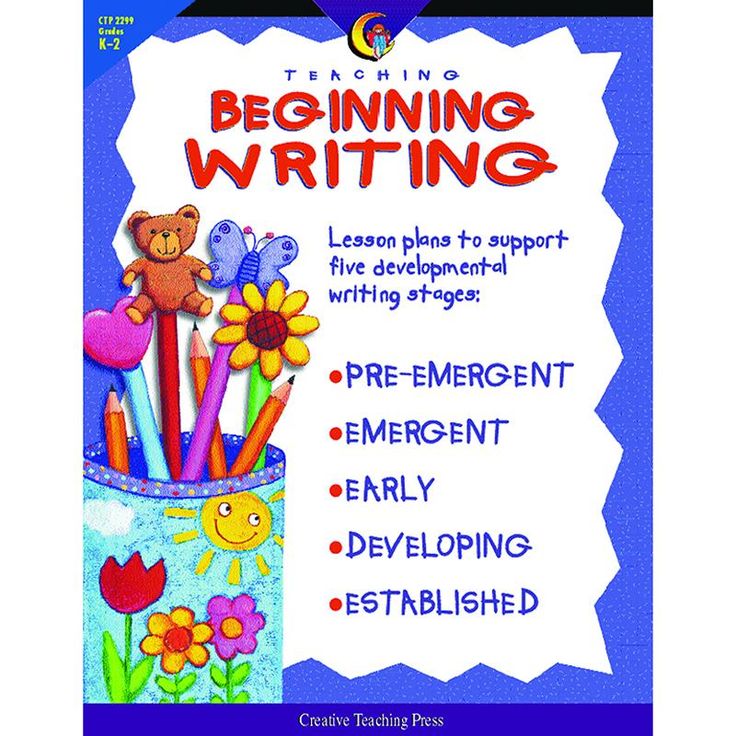 " Kids love sharing their stories, and you'll delight in hearing the often-elaborate and fantastical thoughts that are behind those simple scribbles.
" Kids love sharing their stories, and you'll delight in hearing the often-elaborate and fantastical thoughts that are behind those simple scribbles.
Keep paper and crayons or markers easily accessible so your child can start writing when inspiration strikes. Pens and pencils are fine too, but young children often have an easier time holding thicker writing tools.
You can also encourage your child by writing notes to her. A simple one that reads, "I love you!" waiting at the breakfast table can inspire a note in return.
Emergent stage: Letters appear in writing (2 to 4 years)
Is your child scrawling lots of random letters on a page? That's excellent! This means he is in the second stage of writing development, which usually happens between the ages of 2 and 4. Kids in this stage are taking the big step from scribble writing to appreciating that the "scribbles" grown-ups use for writing are symbols called letters. They're not quite matching letters to sounds – at least not consistently – but they are beginning to understand that letters play a special role in writing. At the start of this stage, children might still use other symbols like drawings or squiggles. As they progress, kids start to use only letters and will firmly declare that they are writing.
At the start of this stage, children might still use other symbols like drawings or squiggles. As they progress, kids start to use only letters and will firmly declare that they are writing.
Advertisement | page continues below
Tips for the emergent stage
Teaching your child to write his name helps him understand that letters are used to make words. It also encourages the move from scribble writing to using letters as symbols. Once that's mastered, you can move on to teaching him to write words like "Mom," "Dad," and the names of other family members. Another fun idea: Make signs together for role-playing games, for example a STOP sign for when you're playing cars.
Reading is also important at this stage. A great way to encourage reading is to find time to read to your child everyday. In addition to encouraging him to love reading, reading aloud inspires his inner storyteller. He'll start to come up with his own imaginative tales.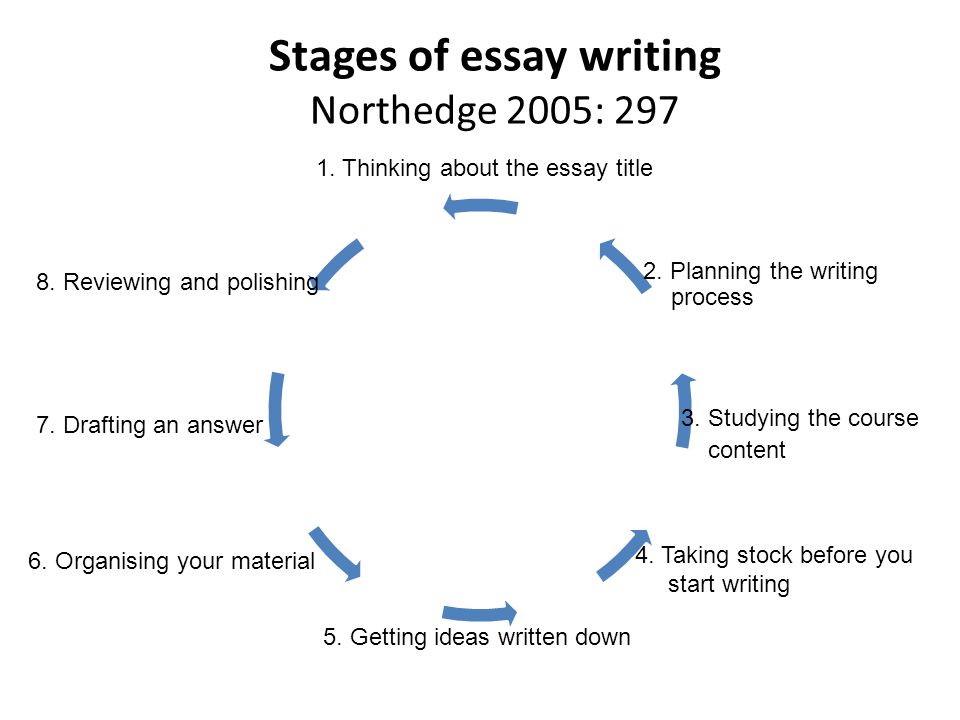 Reading aloud also reinforces the idea that words are made up of letters, and that words have specific meanings. When you read the same story over and over together, your child might begin to recognize some words. For many kids, this repetition isn't just a step toward reading but also toward writing. For example, once a child has seen the word "bug" in a story several times, he will start to recognize it. Once he recognizes it, he can move on to writing those three letters to tell his own story about bugs.
Reading aloud also reinforces the idea that words are made up of letters, and that words have specific meanings. When you read the same story over and over together, your child might begin to recognize some words. For many kids, this repetition isn't just a step toward reading but also toward writing. For example, once a child has seen the word "bug" in a story several times, he will start to recognize it. Once he recognizes it, he can move on to writing those three letters to tell his own story about bugs.
Transitional stage: Letters start to become words (4 to 7 years)
When kids start to realize that words are made up of sounds, and that letters represent these sounds, they stop using random letters in their writing. Instead, they start trying to match the sounds they hear in a word to letters they know. This cognitive leap often happens between the ages of 4 and 7.
A child might spell "My cat is happy" as "mi kat z hpe." This type of spelling is called "invented spelling.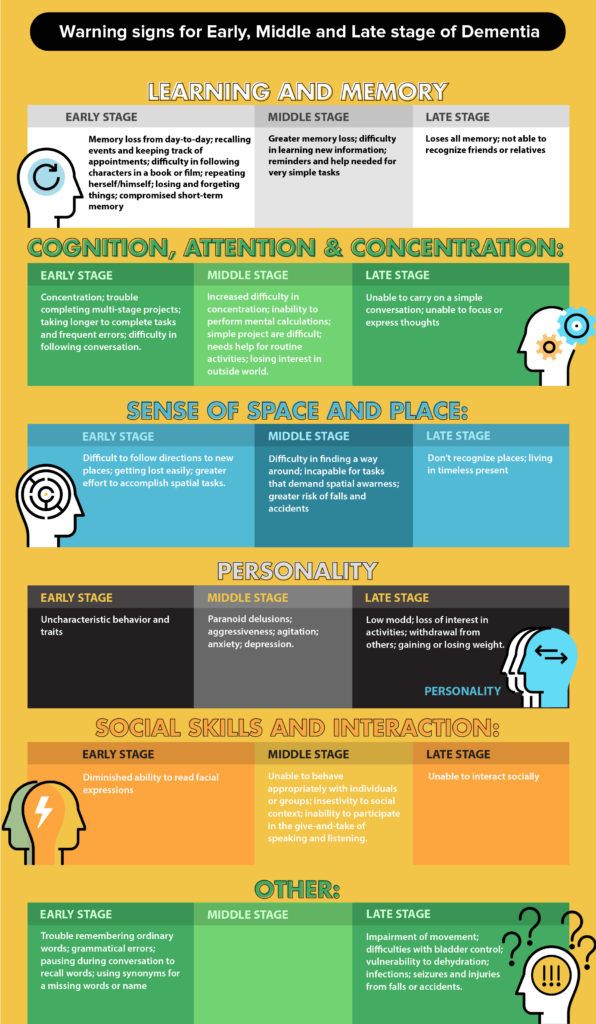 " Evidence shows that this effort to match individual sounds in words demonstrates that a child's writing and reading skills are getting stronger.
" Evidence shows that this effort to match individual sounds in words demonstrates that a child's writing and reading skills are getting stronger.
During this stage, kids often reverse letters or mix them up. It might be tempting to fix your child's mistakes, but instead focus on the fun. Mistakes like this are common at this age and are part of the learning process. Encourage your child's writing and communication, and save the spelling lessons for when she's older.
Tips for the transitional stage
Encourage your transitional writer by making writing part of pretend play. Help her write a menu for a tea party with her toys, or a prescription for you when you're playing doctor. Hold on to these little gems. You'll both enjoy trying to decipher the invented spelling in years to come.
Fluent stage: Spelling starts to have meaning (5 to 6 years)
In this stage (which usually happens between ages 5 and 6), children begin to use "dictionary" spelling rather than "invented" spelling.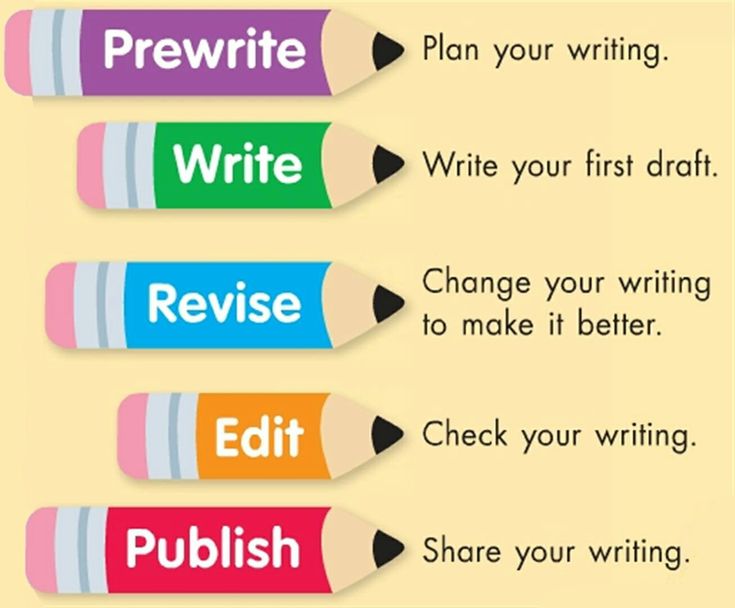 The spelling may not be accurate, but children are now aware that different spellings can have different meanings. They'll even begin to memorize some words, especially tricky but common words (like "was," "and," "the"), so that they can spell them correctly.
The spelling may not be accurate, but children are now aware that different spellings can have different meanings. They'll even begin to memorize some words, especially tricky but common words (like "was," "and," "the"), so that they can spell them correctly.
Trying to push kids to this stage too quickly can sometimes inhibit them, as they feel the demand for perfect spelling. If you feel your child is struggling with the pressure to spell perfectly, a great way to alleviate the stress is to introduce the idea of drafts. You can emphasize that a first draft is just to get ideas out, and the second draft is to check spelling.
It is also helpful for kids to begin memorizing common sight words like "was," "the," and "of." These words occur often, and the sounds do not follow the basic rules of spelling. Memorizing them makes spelling a lot easier.
Tips for the fluent stage
Encourage your child to use writing to connect with people. Try writing short letters to each other or family and friends. Another fun way to make writing a social activity is to write shared stories: You start by writing the first two or three lines of the story. Then, your child writes the next few. After that, someone else takes a turn, and so on.
Another fun way to make writing a social activity is to write shared stories: You start by writing the first two or three lines of the story. Then, your child writes the next few. After that, someone else takes a turn, and so on.
If your child isn't in the fluent stage and wants to play, he can dictate and you can write. Kids think of story ideas much faster than they can write them down, and this can cause frustration. When you write for your child, he gets to experience the delight of having his original stories documented. In time, his writing ability will match the speed of his thoughts. But until that happens, alleviate the frustration by offering assistance.
What writing stage is your child in? How are you supporting his writing future? Remember, each child goes through the stages of writing development at his own pace. He will move from one stage to the next as he develops a greater understanding of writing and his desire to write grows. Allowing your child to take his time going through the stages helps him stay excited about writing.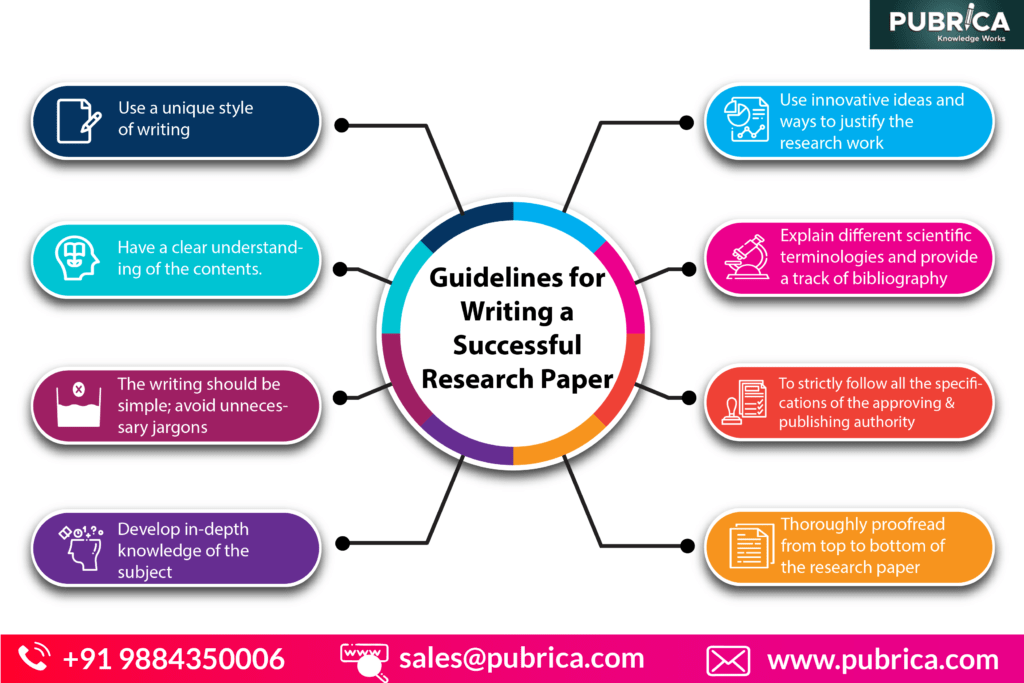 Observe, enjoy, and encourage your child's growth within each stage.
Observe, enjoy, and encourage your child's growth within each stage.
--
Is your child ready to learn to read? HOMER creates a fun, personalized learn-to-read plan based on your child's skill level and interests. It’s research-backed and kid-tested to give your child the best start to the learning journey. BabyCenter parents get the first month free (and if you choose an annual membership, up to 4 months free).
The emergence and main stages in the development of writing.
The process of development of society at certain stages required ways of preserving and transmitting information. The first attempts at such actions can be called the beginning of the emergence of writing. An analysis of language systems in the light of the development of recording information leads to the conclusion that the development of writing occurred along different paths independently of each other. All existing writing systems, like languages, are conditional.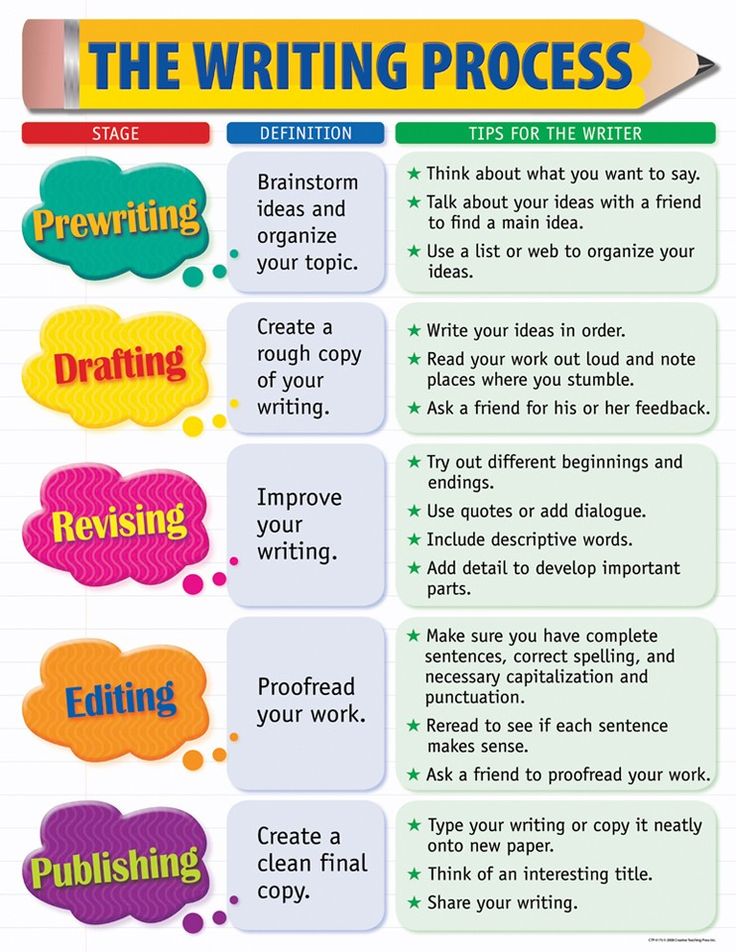 Its quality is determined by the ability to reflect everything that we can say. The process continued for a long time and came to the present state. The formation period can be divided into the following stages. nine0005
Its quality is determined by the ability to reflect everything that we can say. The process continued for a long time and came to the present state. The formation period can be divided into the following stages. nine0005
Subject letter.
When civilization arose, there was no written language. It was impossible to transmit and store information, the only place of preservation was human memory , reproduction - retelling . In the legend about King Darius about objects sent by the Scythians (a toad, a mouse, a bird and arrows) gives two interpretations. This example can be regarded as the first subject letter. This type includes methods of transmitting information among the Iroquois using sets of shells of different colors and Peruvians (the number of multi-colored knots on the strings). The imperfection of these methods led to further searches for information display options that are more universal and understandable.
Pictographic letter.

Human thought did not stand still, The next way to preserve was the method of pictographic writing. It is somewhat akin to rock art . But rock art did not reach the level of systematization and remained the first example of artistic representation. In pictographic writing, a certain sign had a certain content. The concept of a person corresponded to the sign "man". Over time, changing and concretizing, pictograms are increasingly moving away from their original content, overgrown with multiple concepts and images. The emergence of abstract concepts negates the possibilities of pictography. The search for improvement in writing continues. There is a method of ideography, it implements the possibility of transferring concepts that do not exist in the visual display. An example - an image in the form of an eye could mean both an eye and vigilance. Consequently, one and the same image of a pictogram could have two variants of content, in a figurative or direct concept. Other pictograms also had such properties. nine0005
nine0005
Hieroglyphic writing.
The system takes its name from the written sign. hieroglyph means carved in stone. This method is distinguished by the presence of a set of common structural elements used in each character. With their help, signs acquire a more specific meaning. Images of signs do not reflect the visual content of the concept. This method is easier to teach, recording has become easier. But the main drawback remained. Hieroglyphs have nothing to do with the pronunciation of the word. nine0004 Recording and conversation live their own lives, each by itself. To designate syntactic roles, an additional set of notation had to be created.
Syllabary.
The next discovery on the way of the development of writing was the syllabary. This method differs from the previous ones by the presence of connection with pronunciation. Each of the characters denotes the sound of a particular syllable. Alphabet such alphabets contains on average 809 - 120 characters.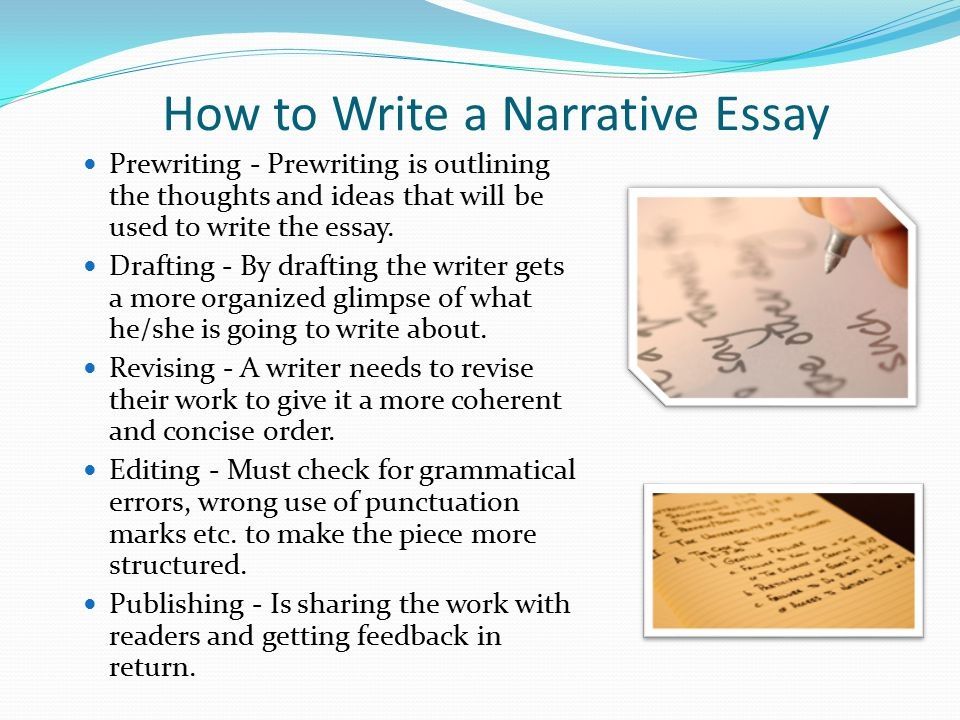 Many languages of that time come to such a system. Greek writing is based on it, which gave us the Latin alphabet and Cyrillic.
Many languages of that time come to such a system. Greek writing is based on it, which gave us the Latin alphabet and Cyrillic.
Alphabetical writing.
The final version of the search for a way to store and transmit information was an alphabetic or phonetic letter. It developed a series of signs, called the alphabet, denoting the individual sounds of our pronunciation. The general name of the signs is letters. Letters, like sounds, are written in the sequence of their pronunciation. Thus, at last, a simple system with enormous possibilities for displaying and storing information arose. Its main advantage is the ease of learning and use, and further mechanization and automation of the processes of recording, storing and disseminating information. nine0005
Add a comment
3.1 History of writing
3
Font
Fonts surround us everywhere.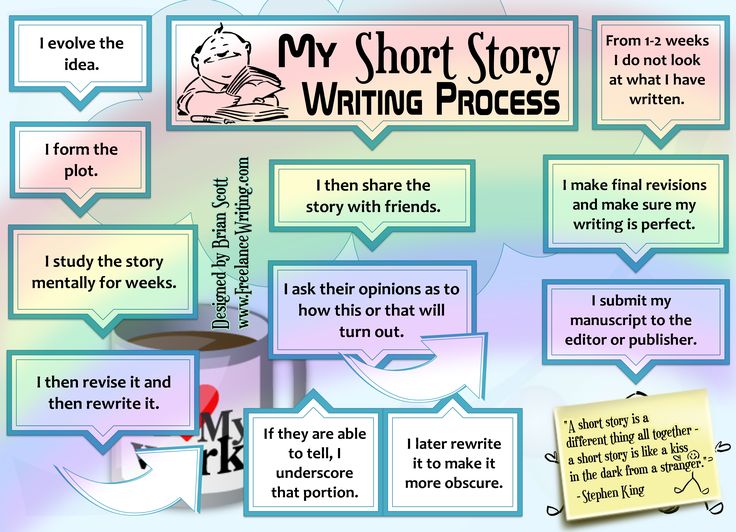
We we use them constantly: read newspapers and books,
oriented in urban space, thanks to textual information.
Writing eat means communication between people and serves for transmission thoughts
and anchoring them in time. Font appeared How need
fixing oral speech. Initially arose patterned letter -
pictograms, which and now surround us in form information signs
and characters. But them range limited after all far not Everybody can present
such signs. That's why on shift pictographic letter
came letter hieroglyphic. hieroglyphs (ideograms) used
ancient Egyptians and before now since it developed in China Japan
and others countries East. Hieroglyph stands for whole word or even concept. nine0005
Some later appeared syllabic letter.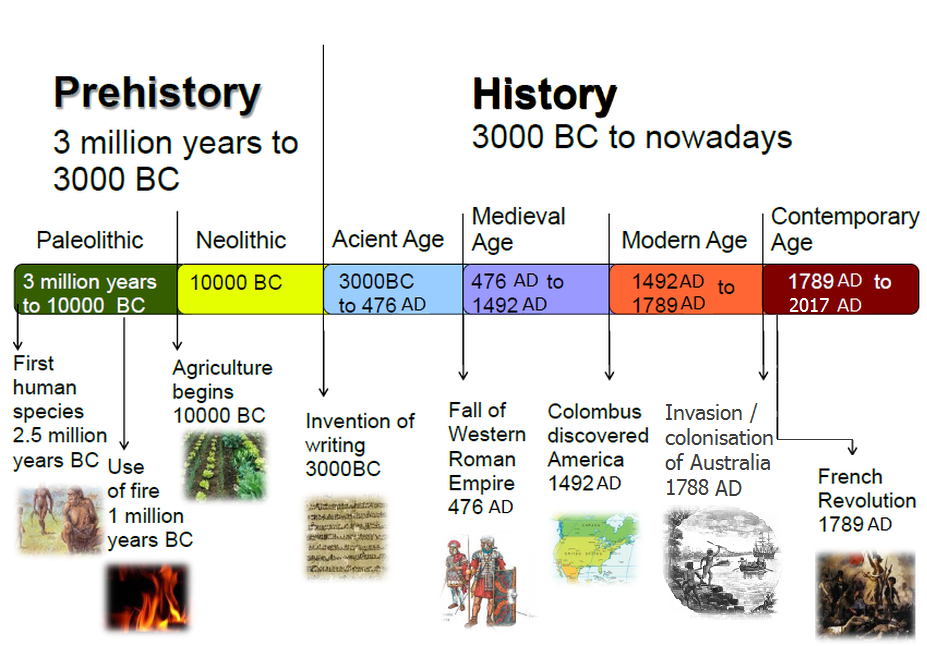 This was significant stage
This was significant stage
in development writing, but it uncomfortable So How signs must be
very many. syllabic by letter before present time enjoy
some peoples India. Most developed form writing is
phonetic letter, where each sound (phoneme) portrayed separate sign
(grapheme). Borrowed at Phoenicians literal letter served foundation
Greek alphabet, on basis whom were created forms signs
European fonts. Final view literal letter gave Latins
in I century before AD and with those since grapheme letters Latin font
practically not changed. Alphabetic or phonemic letter stands for
individual sounds speeches and in dependencies from pronunciation maybe vary.
Russian alphabet It has 33 characters then How him sound system consists of from 39phonemes.
To example, Latin alphabet consists of from 23 characters Italian - from 21,
Czech - from 38, Armenian - from 39. Our letter not maybe send
Everybody sound nuances language and called upon only differentiate and to distinguish words.
So, font from German words script (literal meaning - letter)
regardless from technology performance called graphic form
certain letters. Font - living expression spirit and style his time. nine0005
Knowledge him fundamentals and aesthetic sight on font -guarantee professional work graphic designer.
history letters studies special historical and philological the science - paleography. She is studies monuments ancient writing, economic and social factors affecting development letters and formation him styles, evolution graphic forms letters, proportions them elements, materials and tools letters. These same questions considered in graphic design at designing fonts and graphic compositions. Apart from general historical and theoretical questions graphic designer necessary know peculiarities and properties font styles and headset, technical parameters fonts, them behavior in shallow and major skittles, him technical and aesthetic quality in various types textual and display case set. Everybody it necessary at designing various typographic forms from brochures and calling cards before books and advertising poster. nine0005
These same questions considered in graphic design at designing fonts and graphic compositions. Apart from general historical and theoretical questions graphic designer necessary know peculiarities and properties font styles and headset, technical parameters fonts, them behavior in shallow and major skittles, him technical and aesthetic quality in various types textual and display case set. Everybody it necessary at designing various typographic forms from brochures and calling cards before books and advertising poster. nine0005
Typographic fonts, developed for textual and display case set, not always fit for expressions nuances advertising compositions. Often required fonts with expressive characteristic drawing letters and perfect logic them shaping. This requirements in complete measure meet historical forms letters. Knowledge historical forms letters and laws them shaping help designer to avoid in work possible stylistic errors.
Egyptian letter formed in XXXV century before n.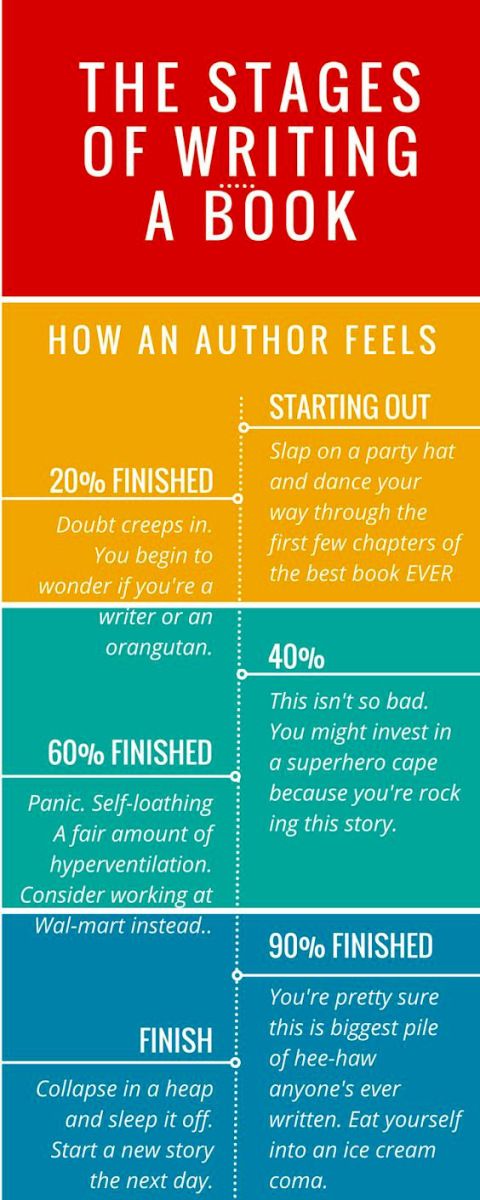 e. in era ancient kingdoms. Walls internal premises pyramids decorated painted and reliefs, in which plot scenes from life pharaoh accompanied images animals, birds, plants. AT it time formed canonical system pictorial art. Main regulations Egyptian canon fixed in sculptural and graphic images, which determined proportions, angles, movements depicted human and were obligatory for artist. nine0005
e. in era ancient kingdoms. Walls internal premises pyramids decorated painted and reliefs, in which plot scenes from life pharaoh accompanied images animals, birds, plants. AT it time formed canonical system pictorial art. Main regulations Egyptian canon fixed in sculptural and graphic images, which determined proportions, angles, movements depicted human and were obligatory for artist. nine0005
ancient in world system letters had three varieties - hieroglyphic, hieratic and demotic. AT himself ancient hieroglyphic letter semantic information passed on hieroglyphs, in graphic basis which was image of people, plants, animals, structures, guns labor. Ideograms meant individual words or concepts, a same clarified meaning words. Preserved scrolls worldwide famous "Books Dead" (1250 year before n. e.), in which collected funeral texts various content, written hieroglyphs and accompanied drawings. nine0005
From hieroglyphic Egyptian letters formed two kind cursive letters - hieratic and more complex - demotic, in which subject character hieroglyphs turned in conditionally graphic.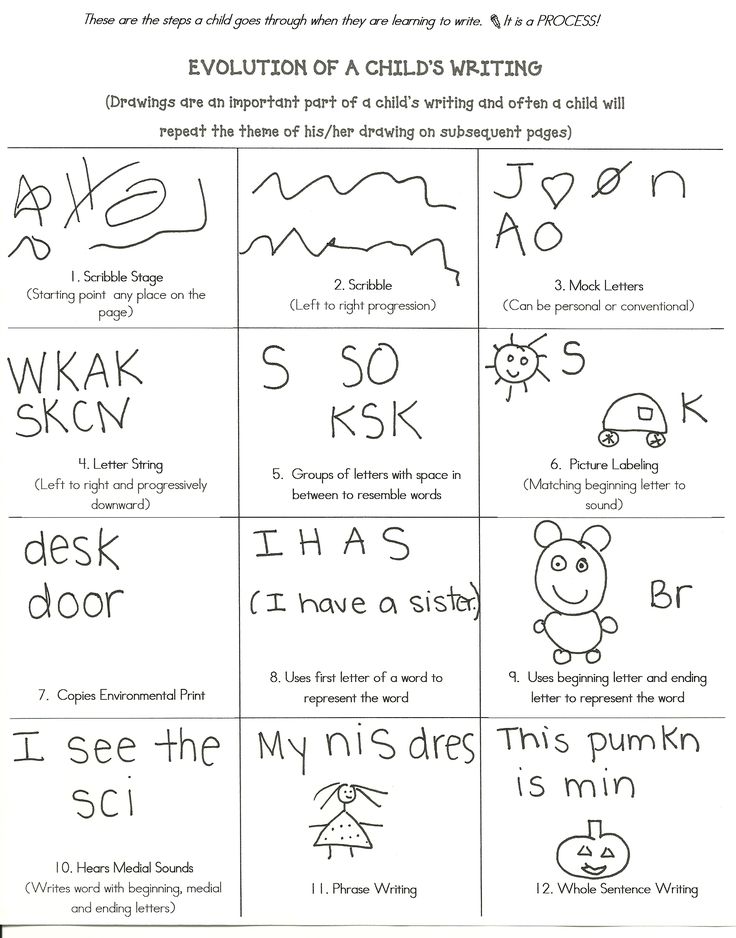 Demotic letter before present time not decoded. carrier cursive Egyptian letters was papyrus, for letters used red or black dye, tool letters was cane feather - kalam.
Demotic letter before present time not decoded. carrier cursive Egyptian letters was papyrus, for letters used red or black dye, tool letters was cane feather - kalam.
Sumerian letter developed with XXX century before n. e. in era Babylon-Assyrian culture. AT Sumerian letter to ideographic signs, denoting words, steel add syllabic designations - So arises verbal-syllabic letter. Linear picture ideographic signs became be reproduced indentation edge rectangular sticks in tiles from raw clay with subsequent them firing, in result what in clay remained wedge-shaped recesses. Gradually signs simplified and concrete Images hieroglyphs transformed in conditional compositions from wedges. Direction letters in early was vertical (on right left), later became horizontal (left right). Application clay boards explained topics what in cities Mesopotamia clay was main material for manufacturing practically all items homemade everyday life. Sumerian letter was transcribed in XIX century. Before our days came big amount clay cuneiform tiles. On them placed business the documents, epic, magical texts. by the most bright representative Sumerian cuneiform is an vault laws king Ham-murapi, created in XVIII century before n. e. and representing yourself pillar, coated text. Sumero-Babylonian culture can name civilization writing. nine0005
Sumerian letter was transcribed in XIX century. Before our days came big amount clay cuneiform tiles. On them placed business the documents, epic, magical texts. by the most bright representative Sumerian cuneiform is an vault laws king Ham-murapi, created in XVIII century before n. e. and representing yourself pillar, coated text. Sumero-Babylonian culture can name civilization writing. nine0005
Cretan letter developed with XX century before n. e. on island Crete and in Greece in era Aegean culture in cities Athens, Troy, Mycenae. Early Cretan letter was hieroglyphic, later -linear-syllabic. Crete letter scientists divided on linear letter. Texts made on clay boards. By content it religious rituals, myths, legends, inventory inventory.
Phoenician letter developed in XV century before n. e. on Eastern coast Mediterranean seas. Phoenician letter letter-vein-sound or alphabetical, when alone sound corresponds one letter.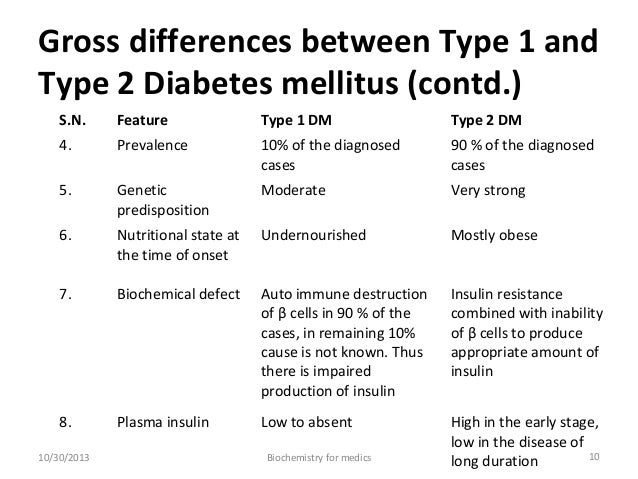 Number graphemes with development letters decreased with 30 to 22. Materials for letters were clay and a rock. Texts Phoenician letters almost fully lost survived only inscriptions on iconic monuments, facilities and household items. By
Number graphemes with development letters decreased with 30 to 22. Materials for letters were clay and a rock. Texts Phoenician letters almost fully lost survived only inscriptions on iconic monuments, facilities and household items. By
content it's in basically epic, hymns to the gods and description ritual actions. From Phoenician alphabet lead its origin Almost all European modern writing systems. nine0005
Greek letter developing in VIII century before n. e. in era Homer. First written monuments Greek archaic are poems "Iliad" and "Odyssey". Greek archaic letter develops on basis Phoenician letters. AT process development in Greek letter were made additional letters for more accurate transmission features language. On primary stage development letters in alphabet absent vowels letters. Independent vowels letters were introduced later, what became important stage in development letters.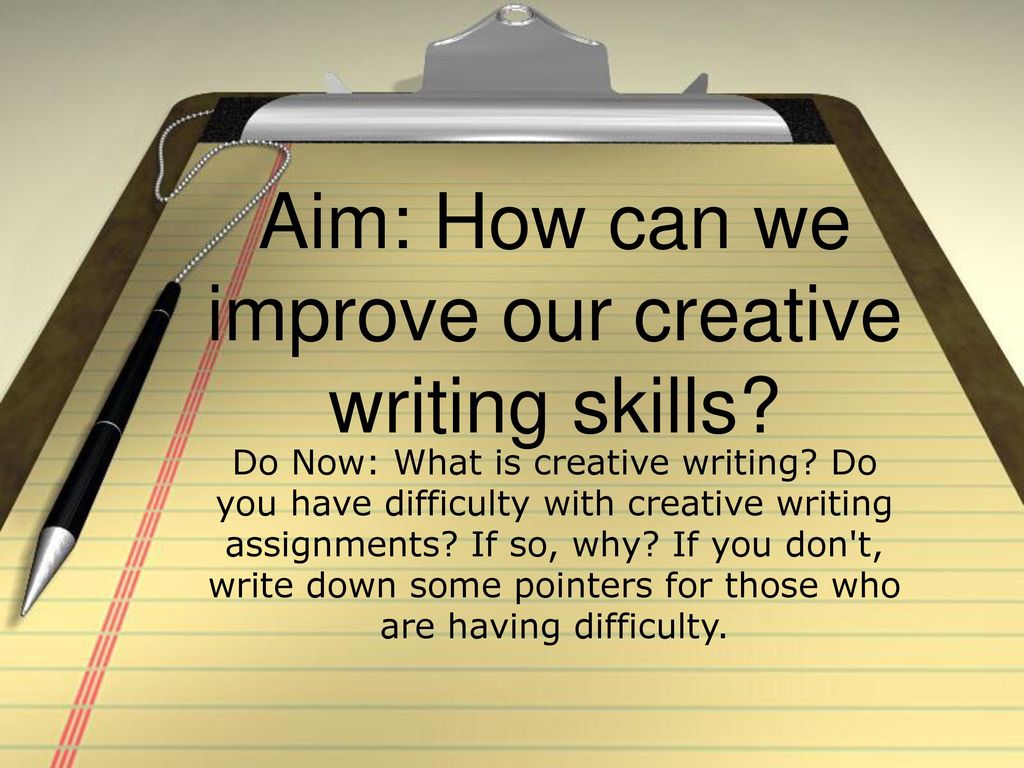 Main materials for letters steel wooden boards, covered layer wax. wrote on boards copper rod - style, which was with one sides sharp - for letters, with another wide - for making amends written. Direction letters in Greek archaic at first was on right left, then So called letter - boustrophedon (from Greek words "bull" and "turn"). At this letter first line was written on right left, second - left right, third -again on right left. With IV century before n. e. steel write Everybody lines only left right. nine0005
Main materials for letters steel wooden boards, covered layer wax. wrote on boards copper rod - style, which was with one sides sharp - for letters, with another wide - for making amends written. Direction letters in Greek archaic at first was on right left, then So called letter - boustrophedon (from Greek words "bull" and "turn"). At this letter first line was written on right left, second - left right, third -again on right left. With IV century before n. e. steel write Everybody lines only left right. nine0005
Roman monumental letter developing in IV century before AD in era Roman republics, when in ancient Rome were built forums, amphitheatres, terms and basilicas. Roman monumental letter was composite part architectural structures, embodying power Rome. This before Total triumphant arches and columns. Early form Roman letters completes stage formation signs Latin minuscule . Basic aesthetic characteristic Latin minuscule - it different-width signs alphabet.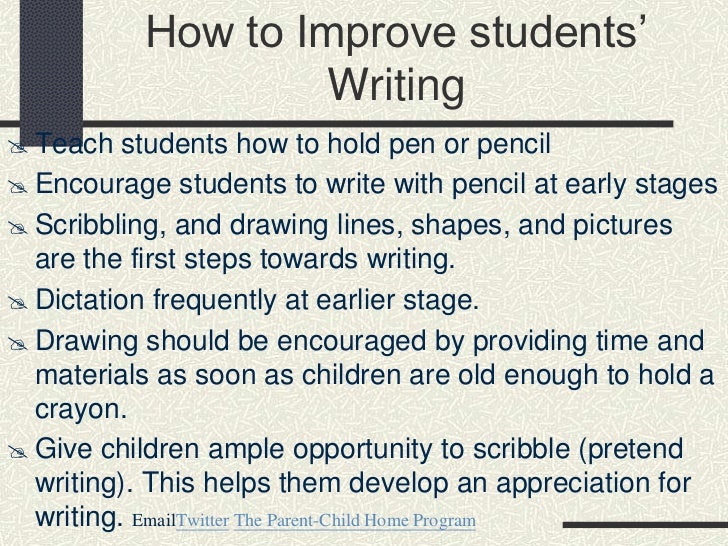 AT era monumental letters development alphabet and technological improvements processing stone led to appearance in signs horizontal serifs. Idea serifs becomes obvious when font line is between horizontal lines. Archaic letter was "free" font line not was strictly horizontal, signs not were put on one line and were different size. Horizontal serifs steel more precisely "Keep" line font and leveled height signs. nine0005
AT era monumental letters development alphabet and technological improvements processing stone led to appearance in signs horizontal serifs. Idea serifs becomes obvious when font line is between horizontal lines. Archaic letter was "free" font line not was strictly horizontal, signs not were put on one line and were different size. Horizontal serifs steel more precisely "Keep" line font and leveled height signs. nine0005
Roman classic letter developing in end I century before n. e. in era Roman empire. This time great Roman poets - Virgil, Horace, Ovid. AT first century our era book
acquires modern view code (before IV century parallel existed and scroll). AT 113 architect Apollodorus Damascus built in Rome forum emperor Trajan: across triumphant arch was input on square, framed colonnade, in center which stood equestrian a statue Trajan. Square closed basilica and Greek latin library, between which stood Column Trajan, the only thing preserved before present time co-
weapons forum.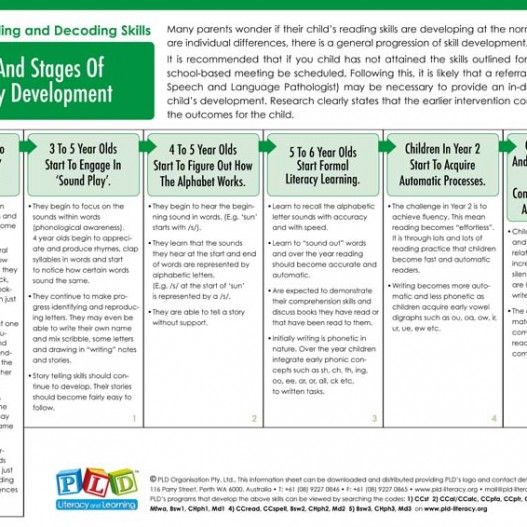 Height columns - 38 meters. Be surface covered spiral ribbon relief, on which depicted 2500 figures. Embossed compositions tell about campaigns Trajan in Dacia. On plinth in basis columns situated plate with text. Inscription consists of from six lines, average height letters - 10 centimeters. Plate located much above human growth, that's why height letters in each line increased starting out with bottom, approximately on 5%, in result height bottom lines less top on 28%. Thanks to this difference in altitude lines, viewer it seems what Everybody letters in words one size. Font columns Trajan is an the best exemplary Roman monumental classical letters and contemporary font art. He strikes complexity and perfection letters, impeccability style and proportional harmony graphic elements everyone sign and all compositions in in general. AT first century in stories development letters ended stage formation Latin majuscula, and on basis Roman classical letters started era formation Latin bookstore nine0210 minuscule , era handwritten books and calligraphic fonts.
Height columns - 38 meters. Be surface covered spiral ribbon relief, on which depicted 2500 figures. Embossed compositions tell about campaigns Trajan in Dacia. On plinth in basis columns situated plate with text. Inscription consists of from six lines, average height letters - 10 centimeters. Plate located much above human growth, that's why height letters in each line increased starting out with bottom, approximately on 5%, in result height bottom lines less top on 28%. Thanks to this difference in altitude lines, viewer it seems what Everybody letters in words one size. Font columns Trajan is an the best exemplary Roman monumental classical letters and contemporary font art. He strikes complexity and perfection letters, impeccability style and proportional harmony graphic elements everyone sign and all compositions in in general. AT first century in stories development letters ended stage formation Latin majuscula, and on basis Roman classical letters started era formation Latin bookstore nine0210 minuscule , era handwritten books and calligraphic fonts.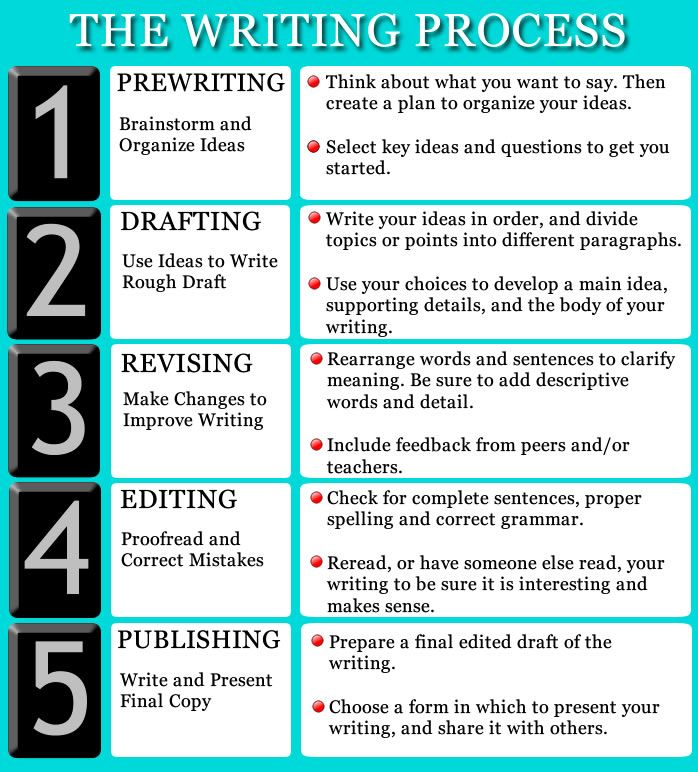
Handwritten book fonts . Each handwritten font book form letters has individual shaping features, but their brings together tool letters - flat pen, common writing rule, defining basic movement pen - top down and from left to right, and consistent discontinuity pen movements when writing - ductality letters. With I century development book writing accompanied development folk shorthand. most brightly this process proved himself in Carolingian minuscule, later in numerous options bastard letter and in humanistic book writing. cursive develops in conditions maximum freedom from prescribed tricks and rules, without which is impossible none book letter, so cursive in development forms always ahead of book writing and on certain stages modernizes him. Important development factor gothic letters is so-called polymorphism, term used in paleography to denote cases applications new forms letters by at the request of the scripter, in spite of Existence in each workshop canonical copybook - "notebook teachers" who developed for learning bookish letter.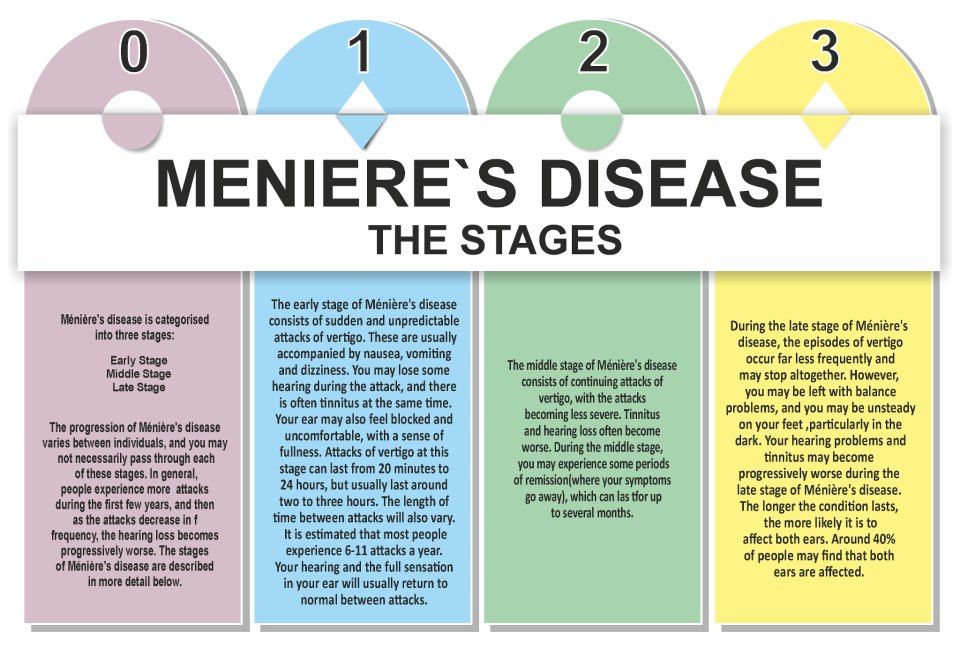 AT polymorphism appeared creative master ambition, forced study correspondence books, business responsible and tedious. In addition to formal style-forming factors big influence to handwritten font form rendered economic factor that on each stage of development letters demanded raise font capacity. nine0005
AT polymorphism appeared creative master ambition, forced study correspondence books, business responsible and tedious. In addition to formal style-forming factors big influence to handwritten font form rendered economic factor that on each stage of development letters demanded raise font capacity. nine0005
Square letter . Roman square letter develops co II century, in era escalating political and economic crisis Roman empire. For manufacturing books steel apply parchment, invented in Malaya Asia, in city perga-me, where him made from skins domestic animals. By comparison with papyrus parchment was much more expensive in manufacturing, much stronger had smooth surface with two sides, therefore on German can was write on both sides. AT special cases sheets parchment stained in yellow, blue, purple and even black colors, a on painted surfaces wrote gold or silver. square and rustic letter developed at the same time. square letter was official by letter courtiers office and applied for design business papers, letters, documents.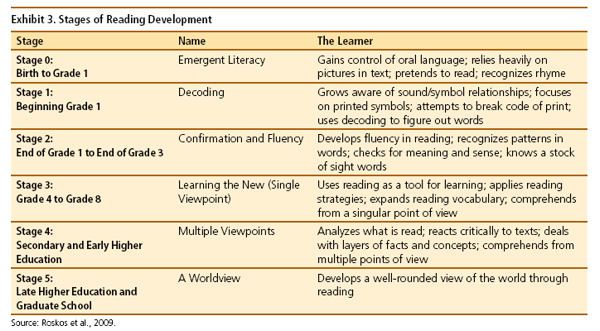 Letter was difficult and slow many signs had to not write, a draw flat pen, to save grapheme classical monumental letters. square letter applied in handwritten books for small excretory texts and headlines approximately before X century. nine0005
Letter was difficult and slow many signs had to not write, a draw flat pen, to save grapheme classical monumental letters. square letter applied in handwritten books for small excretory texts and headlines approximately before X century. nine0005
square and rustic letter more save grapheme signs Roman monumental letters, staying majuscular. However under influence changed tools, materials and technologies letters in them already going on graphic transformation signs . AT process development letter simplified, violated classical heterogeneity signs. AT square letter signs visually equalized on width and approaching to square, what reflected in himself him name.
Rustic . B rustic letter heterogeneity signs alphabet is preserved but acquires new aesthetic quality, conditioned new requirements to typeface form and her functions among which on first place economy, speed and good readability letters. She is wide applied How in production books, So and in everyday life.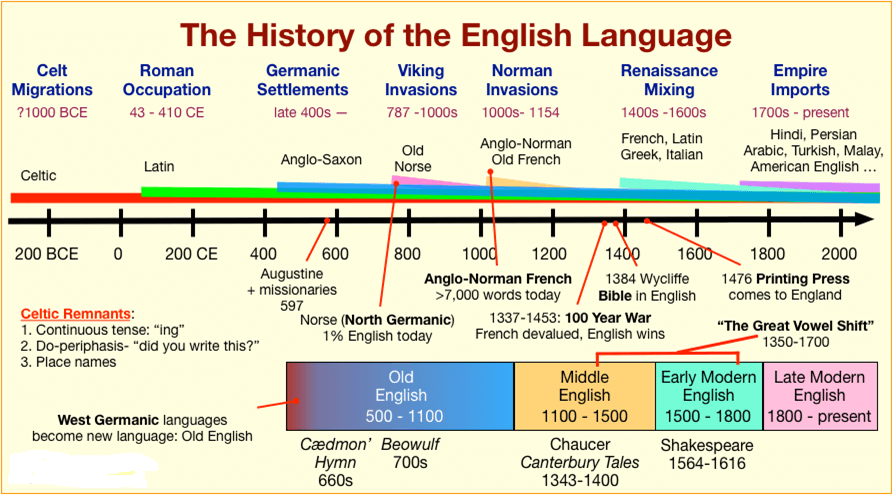 AT process development rustic letters happened unification signs alphabet. Elements signs adapted to natural and convenient movements hands, in result what much increased not only speed, but and economy letters. Rustic wide applied before XI century How decorative letter. constructive completeness rustics in majuscular form and, How consequence, failure to her to transition in form minuscule - steel cause her oblivion. nine0005
AT process development rustic letters happened unification signs alphabet. Elements signs adapted to natural and convenient movements hands, in result what much increased not only speed, but and economy letters. Rustic wide applied before XI century How decorative letter. constructive completeness rustics in majuscular form and, How consequence, failure to her to transition in form minuscule - steel cause her oblivion. nine0005
Uncial . Roman uncial with IV century develops in conditions domination Christian religion. AT 324 emperor Constantine founded new the capital Roman empire on place cities Byzantium - Constantinople. With this time in art criticism accepted to consider history Byzantine culture. Uncial letter is an primary stage formation Latin minuscule and develops on basis Roman square letters, starts Search new minuscule graphemes, maximum adapted for fast, easy readable economical letters. Economic requirements to letter conditioned before total application in bookstore deed very expensive parchment and decrease sizes books.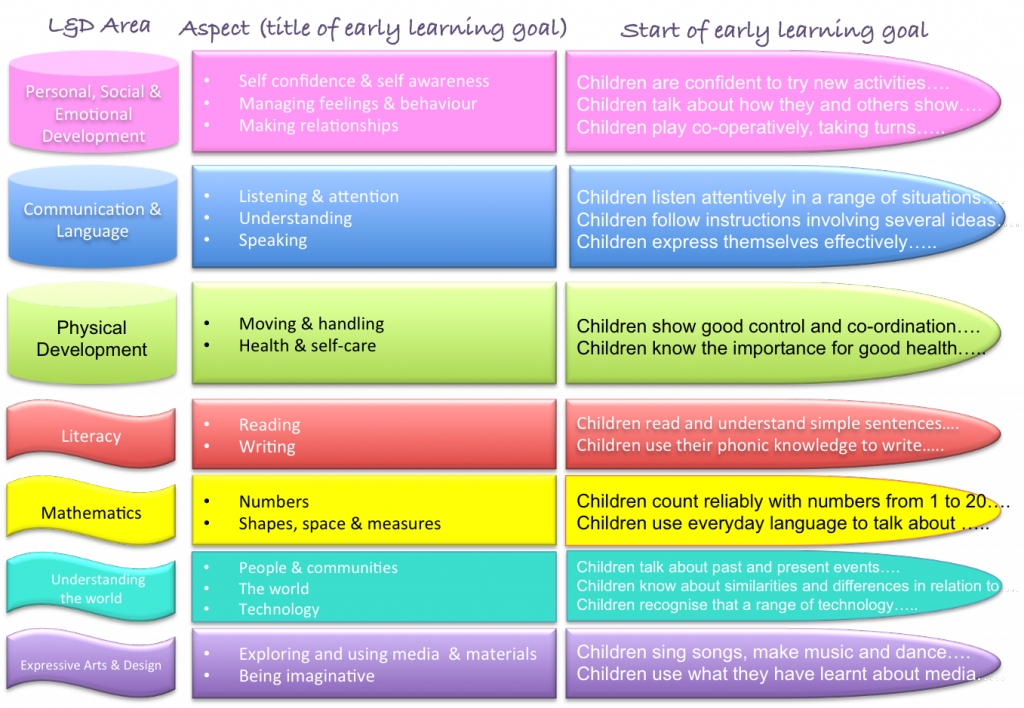 Decrease heights textual lines led to need endure elements graphically complex signs up and down behind line font and eliminate diagonal elements signs inside textual line, topics most "highlighting" her and doing more readable. Material letters was parchment, tool letters was cane flat feather. nine0005
Decrease heights textual lines led to need endure elements graphically complex signs up and down behind line font and eliminate diagonal elements signs inside textual line, topics most "highlighting" her and doing more readable. Material letters was parchment, tool letters was cane flat feather. nine0005
Half ounce . C V century in Roman semiuniale continues development bookstores minuscule signs under influence cursive. Majority signs Latin alphabet on this stage maxi
little adapted to fast letter. Formed new aesthetic typeface charts, cardinally distinguished from aesthetics classical monumental square and rustic letters. Half ounce letter distributed by to VI century by throughout Europe. largest contribution to the development Latin letters Anglo-Saxon semiuncial letter from very rich colored decor. In the era half ounces books are decorated colored ornamented initials and miniatures on biblical stories. nine0005
nine0005
Carolingian minuscule developing with VIII century in royal dynasty, based Carl Great. Cultural climb happened in mostly on territories France and Germany. Co. yard involved educated and talented people co all Europe. opened new schools, developed pictorial art, architecture, literature. reborn interest to secular knowledge, "seven free arts" antique period: grammar, rhetoric, dialectic, arithmetic, geometry, astronomy, music. Developing bookstore miniature, different dynamics compositions and precision drawing. AT era Carolingian revival was formed Latin lowercase alphabet. Perfection Carolingian minuscule - it result painstaking work many generations masters handwritten books. A bunch of options letters Carolingian minuscule brings together ease performance, legibility and purity style. On shift Carolingian minuscule will come era gothic fonts and printed books. Later, on basis Carolingian minuscule will developed typographic font, determined graphics Latin alphabet. nine0005
nine0005
Gothic letter . Gothic style originated in northern France in middle XII century, when starts organized manufacturing books. AT monasteries were special premises - scriptoria, in which worked monks, census takers books. Work continued not more 6 hours and only in daytime time, enjoy candles was forbidden. monks worked sitting, parchment located on oblique plane, How on easel. Talk in scriptoria strictly was forbidden input in scriptorium, Besides scripters, allowed only monastic authorities. Finished manuscript received to corrector for checks and comparisons text with original. From corrector book passed to the rubricator which pointed out start phrases or paragraphs red paint, in contemporary polygraphy survived expression -red line. On last stage book passed to portholes, which decorated manuscript ornaments, painted capital letters letters and miniatures. were finishing manufacturing books pe-
repellers.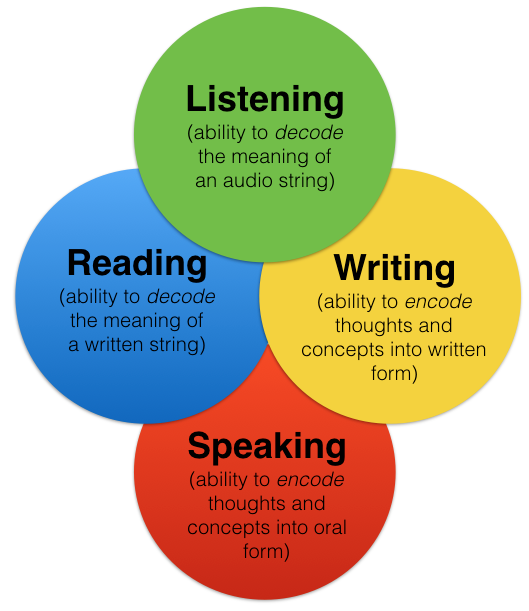 Lids binding were made from tree and tight-fitting skin or matter. On hardback fixed carved plates and lateral fasteners from gold and silver with coinage and precious stones. AT medieval libraries especially valuable book often chained to bookstore shelf. AT 13th century gothic letter became dominating in Europe. Graphic traditions Carolingian minuscule obsolete gradually on throughout almost two centuries under influence several reasons. This before Total pursuit cheapen book products behind check savings very expensive parchment. Sharp increased demand on books led to emergence urban workshops, which were interested in reduction time rewriting books. As a result font maximum narrows much decrease distances between letters and words ducts letters become the same type process letters turned in "stamping" letters on line from several modular graphic elements. Appearance gothic letters necessary to consider not How new stage in development Latin letters, a How another stage in development Latin minuscule.
Lids binding were made from tree and tight-fitting skin or matter. On hardback fixed carved plates and lateral fasteners from gold and silver with coinage and precious stones. AT medieval libraries especially valuable book often chained to bookstore shelf. AT 13th century gothic letter became dominating in Europe. Graphic traditions Carolingian minuscule obsolete gradually on throughout almost two centuries under influence several reasons. This before Total pursuit cheapen book products behind check savings very expensive parchment. Sharp increased demand on books led to emergence urban workshops, which were interested in reduction time rewriting books. As a result font maximum narrows much decrease distances between letters and words ducts letters become the same type process letters turned in "stamping" letters on line from several modular graphic elements. Appearance gothic letters necessary to consider not How new stage in development Latin letters, a How another stage in development Latin minuscule.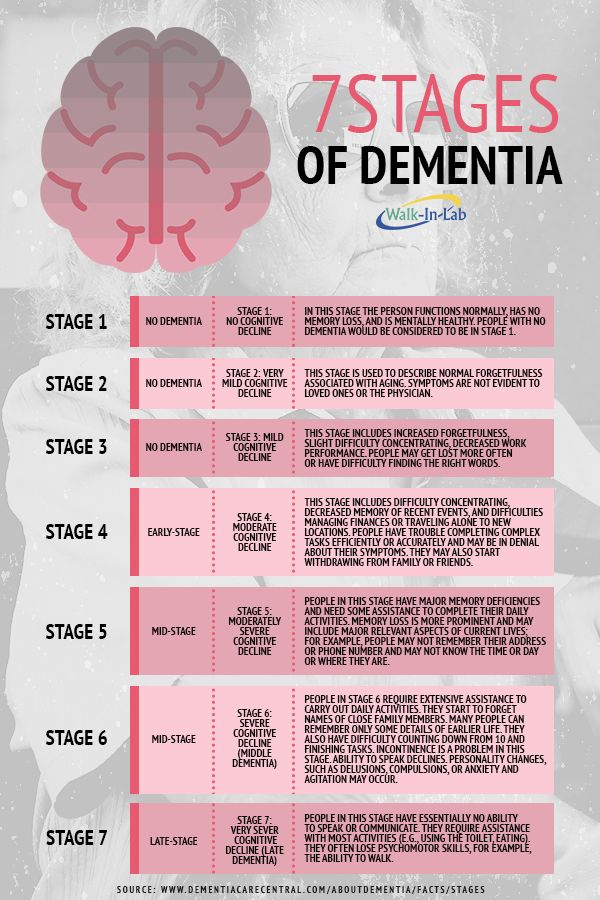 Gothic majuscule was from stylized lowercase and uppercase signs, who are not intended for writing text, a applied only for writing headlines and performed role capital letters letters inside text. Gothic letter It has three main forms - it texture, rotunda and fracture. AT end XIV century main graphic signs gothic letters are changing appears So called bastard letter, last thing gothic letter. It was more free in writing, more wide on proportions signs and less economical. Explained these changes in letter topics what for manufacturing books steel apply paper, which was much cheaper parchment. Gothic letter developed How letter bookstore. It much cheapened book, having done her more affordable and democratic a him modular design contributed final formation graphemes Latin minuscule. nine0005
Gothic majuscule was from stylized lowercase and uppercase signs, who are not intended for writing text, a applied only for writing headlines and performed role capital letters letters inside text. Gothic letter It has three main forms - it texture, rotunda and fracture. AT end XIV century main graphic signs gothic letters are changing appears So called bastard letter, last thing gothic letter. It was more free in writing, more wide on proportions signs and less economical. Explained these changes in letter topics what for manufacturing books steel apply paper, which was much cheaper parchment. Gothic letter developed How letter bookstore. It much cheapened book, having done her more affordable and democratic a him modular design contributed final formation graphemes Latin minuscule. nine0005
Texture . First gothic letter - texture, develops in Germany with end XII century, rational, modular letter, in which Everybody signs, including round, consist from direct and diagonal elements.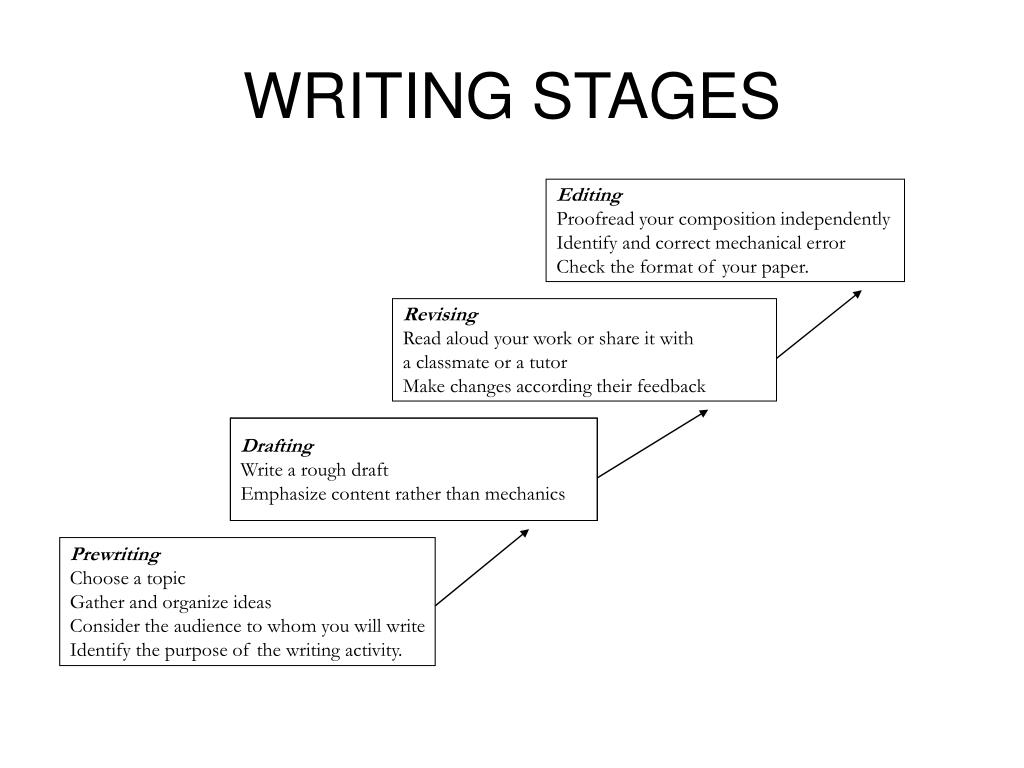 AT typeface line respected clear rhythm black and white colors. Thickness vertical element, distance between verticals sign and between signs in word was equal to width flat pen. Proportions signs elongated, attitude heights vertical element to him thickness How 5:1. On page text located in two columns. Texture difficult read tex-
AT typeface line respected clear rhythm black and white colors. Thickness vertical element, distance between verticals sign and between signs in word was equal to width flat pen. Proportions signs elongated, attitude heights vertical element to him thickness How 5:1. On page text located in two columns. Texture difficult read tex-
coma the strip looked dense and black. from afar the text was similar for weaving fabric threads, so this font named texture. book pages decorated multicolor initials, miniatures and ornament.
Rotunda . B XIV century in Italy develops round-gothic letter - rotunda. Rotunda wider lighter textures and easy read behind check appearance round signs and signs with diagonal graphic elements "V, W, x, Y". Direct signs in rotunda without serifs, fractures in vertical elements, characteristic for textures, preserved but steel more smooth. AT rotunda much decreases amount ducts, what raises speed letters.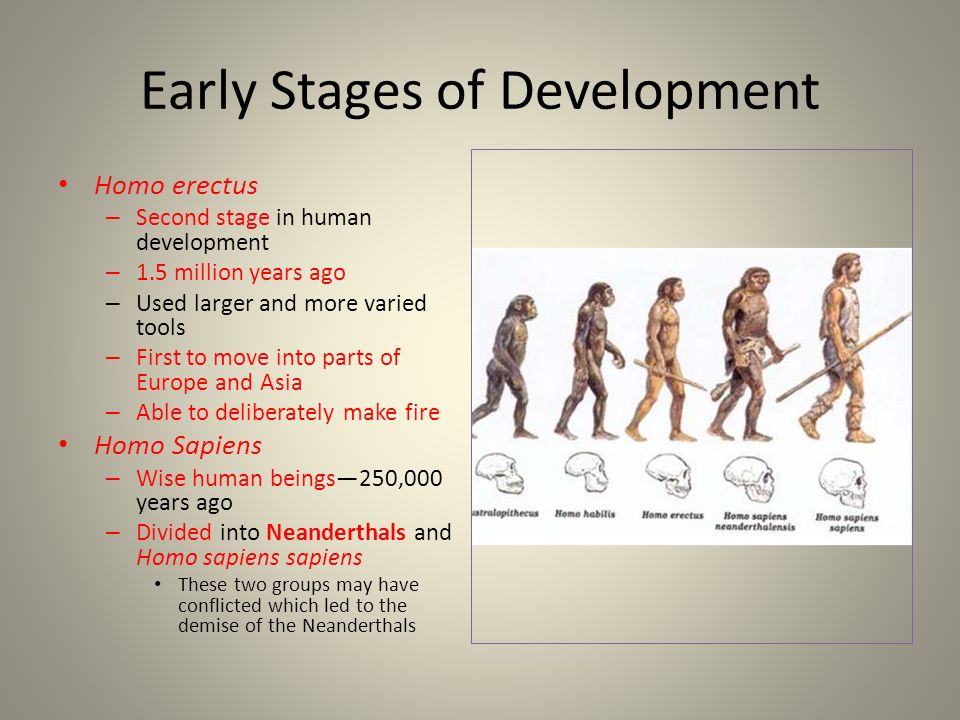 AT stories development typeface forms round-gothic letter considered one from the most beautiful European styles letters. By technique performance and aesthetic characteristics rotunda approaching to early humanistic letter. AT medieval book text accompanied colorful miniatures, initials and ornament. Often plot-ornamental composition filled all page, leaving for text only small place. book ornament was under construction on images plants, animals, birds, which sometimes amaze their realism. nine0005
AT stories development typeface forms round-gothic letter considered one from the most beautiful European styles letters. By technique performance and aesthetic characteristics rotunda approaching to early humanistic letter. AT medieval book text accompanied colorful miniatures, initials and ornament. Often plot-ornamental composition filled all page, leaving for text only small place. book ornament was under construction on images plants, animals, birds, which sometimes amaze their realism. nine0005
Humanist letter developing in XV century in era early Renaissance. To this time formed handwritten uppercase alphabet - cursive majusculum AT humanistic letter Latin alphabet already considered How mandatory set uppercase and lowercase signs with common stylistic signs. Humanistic majuscule easy read and applied in letter not only in quality capital letters letters, but and for small texts. This distinguishes him from late gothic majuscula, which was hard to read and used only for headlines and decorative capital letters letters in text.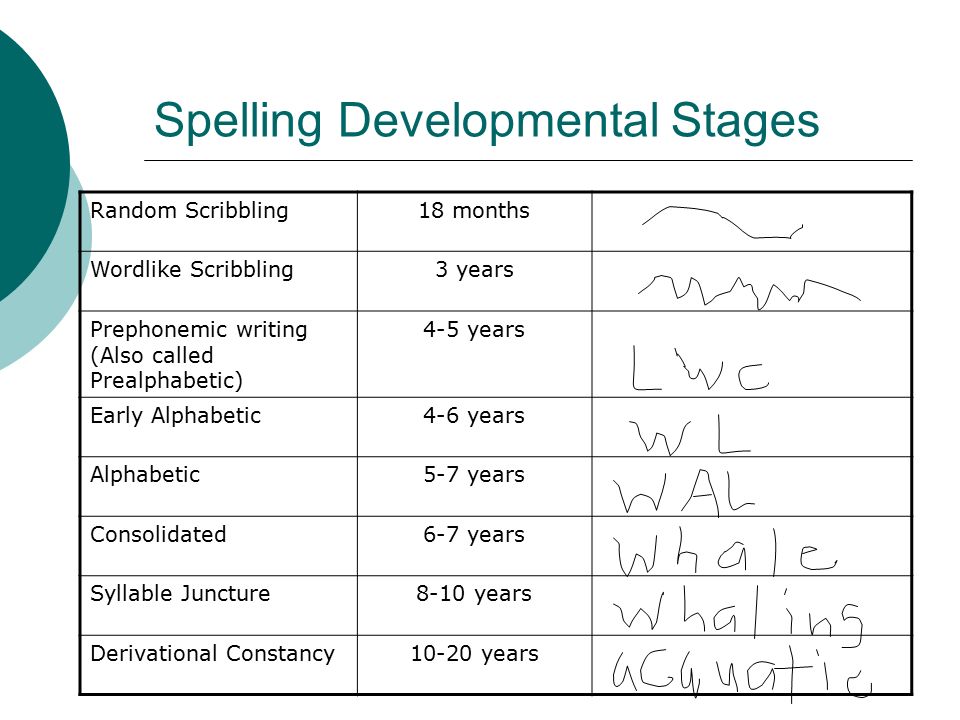 AT humanistic letter maximum decreases amount ducts, what much increases speed letters. vertical elements signs not have kinks, characteristic for all species gothic letters. humanistic minuscule much expands, decreases contrast signs, textual line becomes lighter and easy readable even at small height. With development typography humanistic letter is divided on handwritten and typographic, before this time typographic fonts were copy handwritten. nine0005
AT humanistic letter maximum decreases amount ducts, what much increases speed letters. vertical elements signs not have kinks, characteristic for all species gothic letters. humanistic minuscule much expands, decreases contrast signs, textual line becomes lighter and easy readable even at small height. With development typography humanistic letter is divided on handwritten and typographic, before this time typographic fonts were copy handwritten. nine0005
Slavic letter . First mentions about Slavic writing relate to beginning IX century, samples this letters not preserved. Development writing at Slavs related with names vi-
Zantian missionary preachers Kirill and him brother Methodius. O time occurrence ancient Slavic letters very few information, known only, what before arrival Thessalonica brothers" writing at Slavs already was. By question origin Glagolitic and Cyrillic researchers divided on two camps.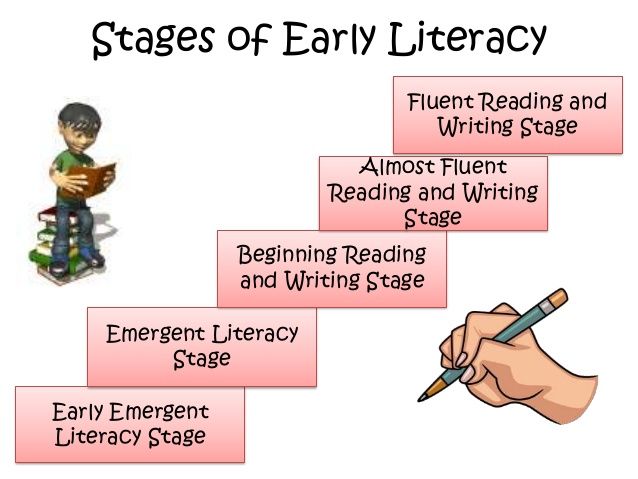 Alone consider, what Glagolitic more early origin, about how He speaks her graphic complexity. Other suppose what Kirill I will come -
Alone consider, what Glagolitic more early origin, about how He speaks her graphic complexity. Other suppose what Kirill I will come -
small Glagolitic, a Cyrillic arose much later. Most probably, what Kirill on basis Greek alphabet developed Slavic alphabet and together with Methodius translated with Greek language and wrote on Slavic liturgical books. AT ancient Cyrillic was 24 letters from Greek alphabet and 13 specially created signs for transmission specific sounds Slavic language, among them signs - "B, AND, and , H, Sh, SCH, b , S, b, uh, YU, I AM". nine0005
Charter developing with 9th century and is an copy Greco-Byzantine bookstore letters. Baptism Rus', started prince Vladimir in 988, and official introduction Christianity in end X century contribute development Slavic writing and fast dissemination literacy. To ancient monuments authorized letters applies "Ostromirovo Gospel", written in Novgorod in 1056.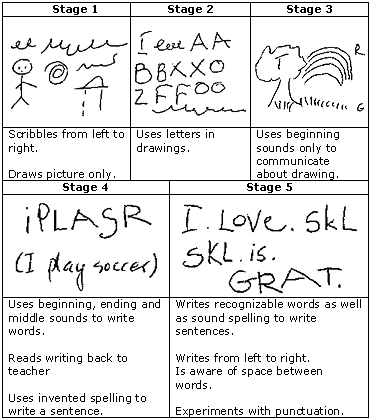 Book It has format 30x35 cm, written she is on parchment three handwriting and decorated miniatures evangelists colored ornamental screensavers and drop caps. First handwriting gospels with 1 by 25 page on skill performance much more perfect two others and no doubt was ob-
Book It has format 30x35 cm, written she is on parchment three handwriting and decorated miniatures evangelists colored ornamental screensavers and drop caps. First handwriting gospels with 1 by 25 page on skill performance much more perfect two others and no doubt was ob-
sample for imitations. Charter wrote books, business paper, letters. Charter XI century is different severity and clarity letters. Direct letters located on equal to distance friend from friend without separation on words.
Semi . Semi-statutory letter develops with XIV century and to XV century finally displaces charter. Increasing need in books and acceleration bookstore letters leads to change charts charter. intensifies influence tool letters, letters bend over right, what corresponds natural hand movement at letter, in signs appear remote elements. Semi-statutory letter read much easier text, written charter. For acceleration letters and for savings expensive parchment census takers books applied nine0210 ligatures (connection two letters friend with friend), injected cuts often encountered words (over abbreviated word put sign -title).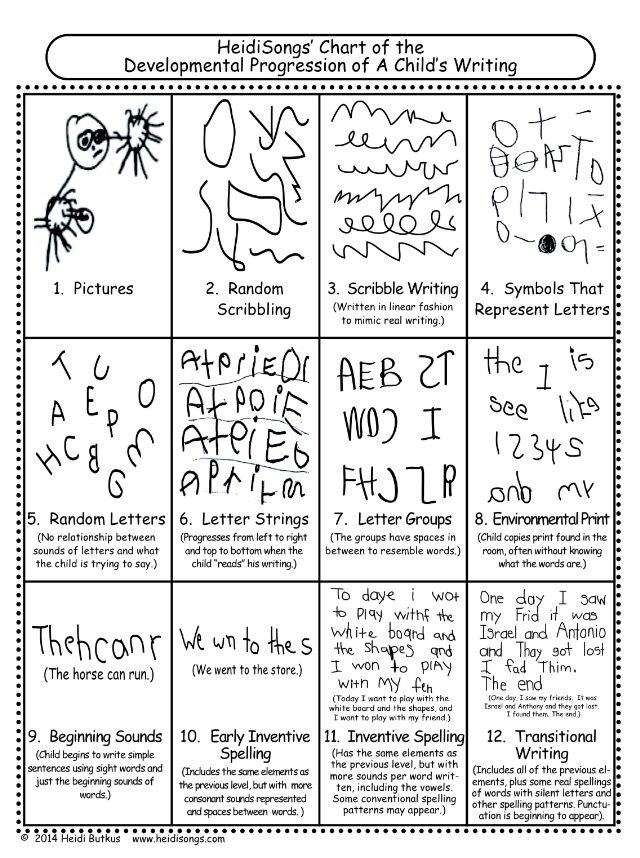 From Greek letters was rescheduled practice productions accents in everyone word. Books decorated monochrome or multicolor ornamental screensavers, drop caps, decorative drawings, miniatures with biblical plots. AT decoration books developed individual styles, which wore folk character and borrowed motives compositions from handicraft products with images stylized animals, birds, plants. Especially often animals portrayed in colored initials, where they bizarre way intertwined with elements stylized vegetable and geometric ornament. plot picture often placed inside text How illustration to especially important places storytelling. 1564 Ivan Fedorov half charter printed "Apostle" - first printed book with weekend information about performers. Semi-statutory letter, practically not changing applied before start XVIII century. nine0005
From Greek letters was rescheduled practice productions accents in everyone word. Books decorated monochrome or multicolor ornamental screensavers, drop caps, decorative drawings, miniatures with biblical plots. AT decoration books developed individual styles, which wore folk character and borrowed motives compositions from handicraft products with images stylized animals, birds, plants. Especially often animals portrayed in colored initials, where they bizarre way intertwined with elements stylized vegetable and geometric ornament. plot picture often placed inside text How illustration to especially important places storytelling. 1564 Ivan Fedorov half charter printed "Apostle" - first printed book with weekend information about performers. Semi-statutory letter, practically not changing applied before start XVIII century. nine0005
Civil ABC . By decree Petra I in december 1706 in shtetl Zhovkva under Lviv at headquarters AND.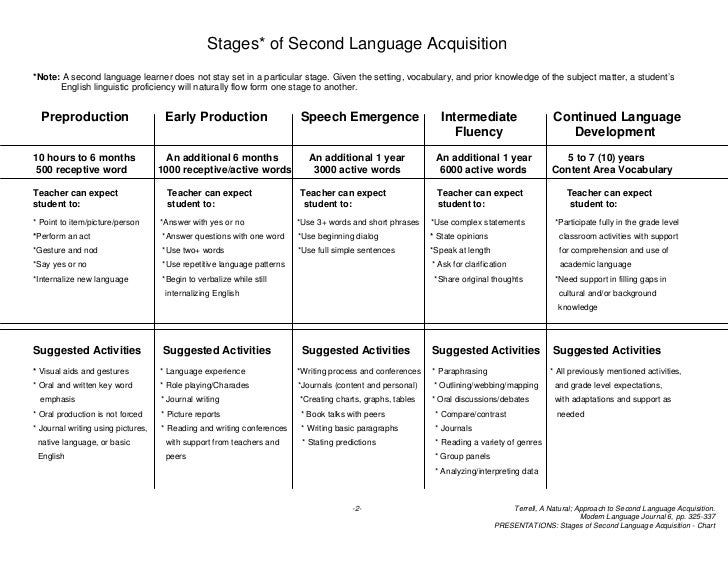 D. Menshikov organized center on creation drawings new alphabet. Originals drawings new letters performed draftsman and draftsman Coolen-bang. Supposed, what new font developed on sketches Petra I but, more likely Total, is he only argued sketches, bringing their amendments and comments. Cyrillic and latin signs - historically related graphic systems. perfection latin classics was potential aesthetics Cyrillic. one January 1708 released decree Petra I about printing civil books new Russians letters, a already March 28 was printed "Geo-
D. Menshikov organized center on creation drawings new alphabet. Originals drawings new letters performed draftsman and draftsman Coolen-bang. Supposed, what new font developed on sketches Petra I but, more likely Total, is he only argued sketches, bringing their amendments and comments. Cyrillic and latin signs - historically related graphic systems. perfection latin classics was potential aesthetics Cyrillic. one January 1708 released decree Petra I about printing civil books new Russians letters, a already March 28 was printed "Geo-
metria" - first book, typed new civil font. Final picture signs civil alphabet was approved in 1710. AT charter and half charter signs alphabet not shared on lowercase and uppercase. This separation first for Cyrillic letters occurred in civil alphabet, what considerably improved readability typographical text. AT civil alphabet besides changes drawing font, was carried out reform composition alphabet and rules set text: were excluded stress, cuts in words, a same excluded 11 letters duplicate sounds.